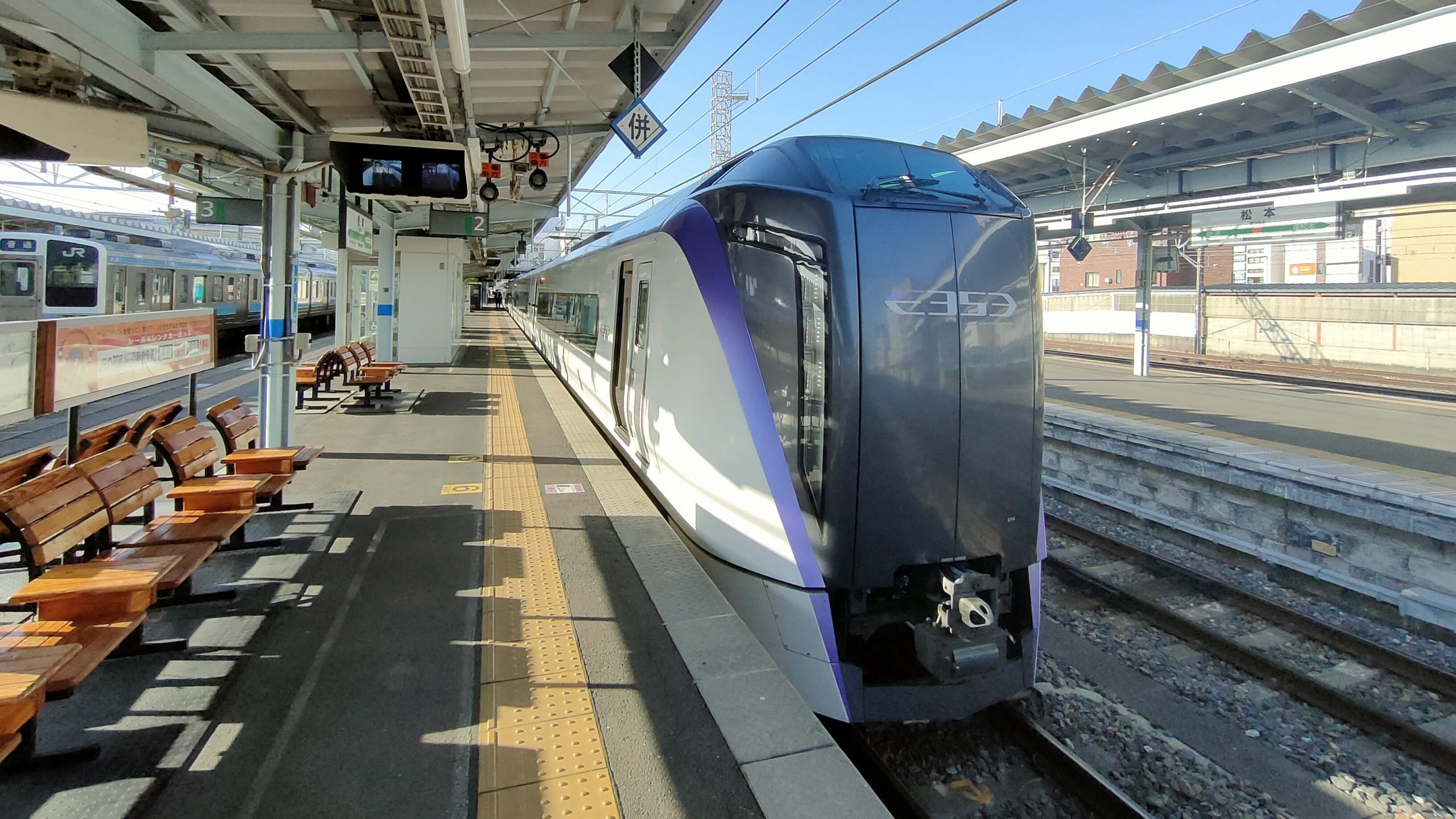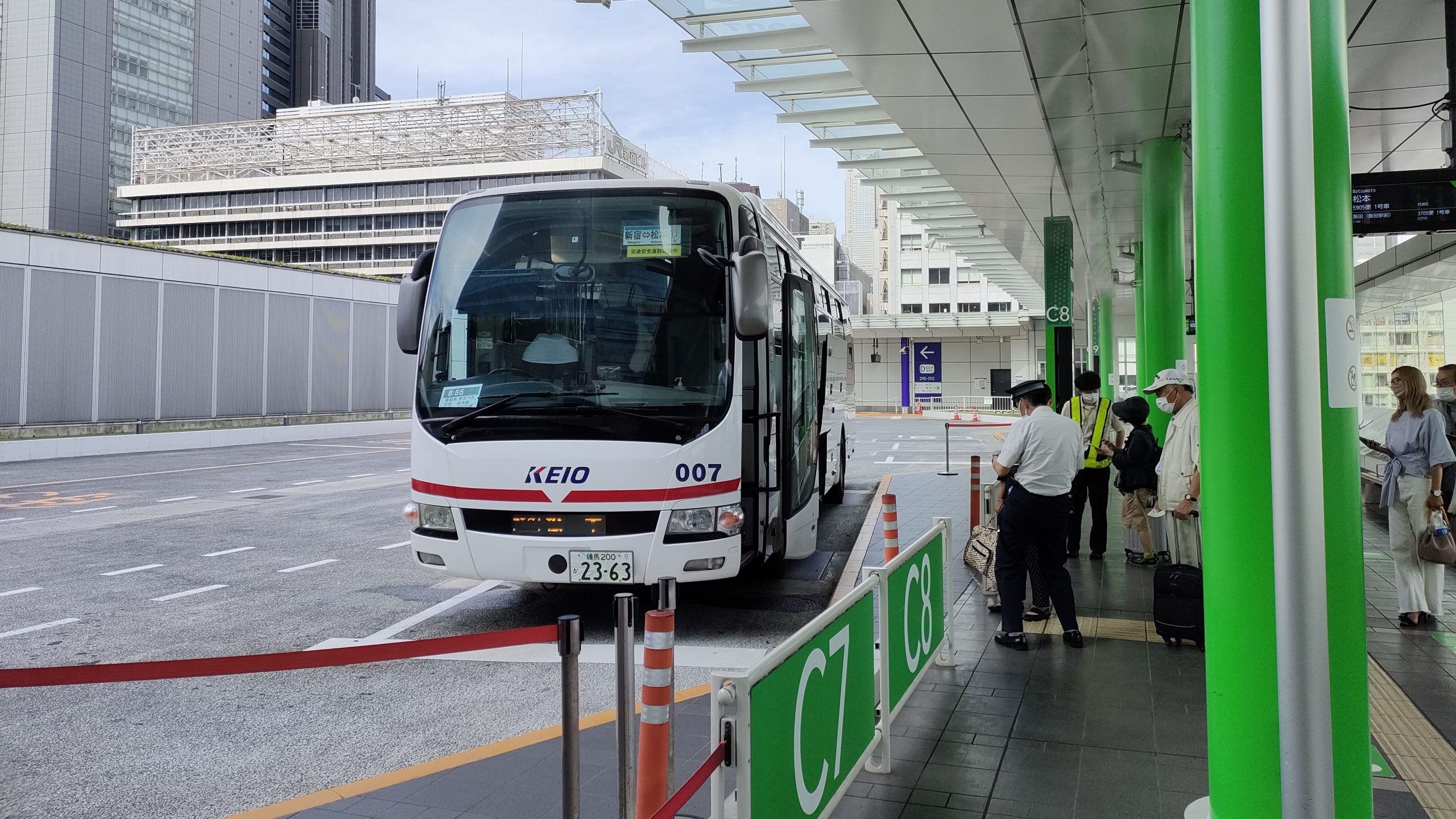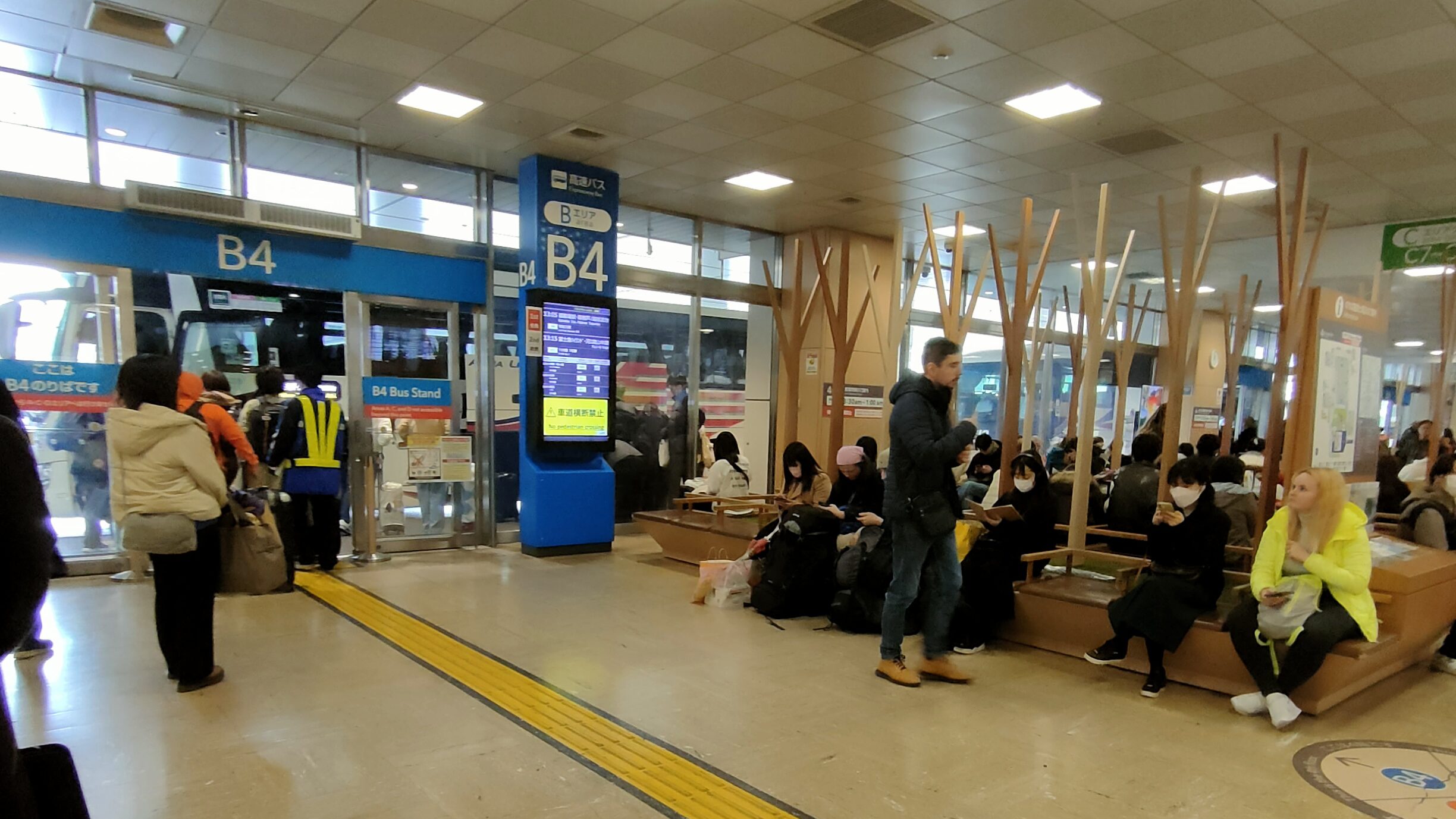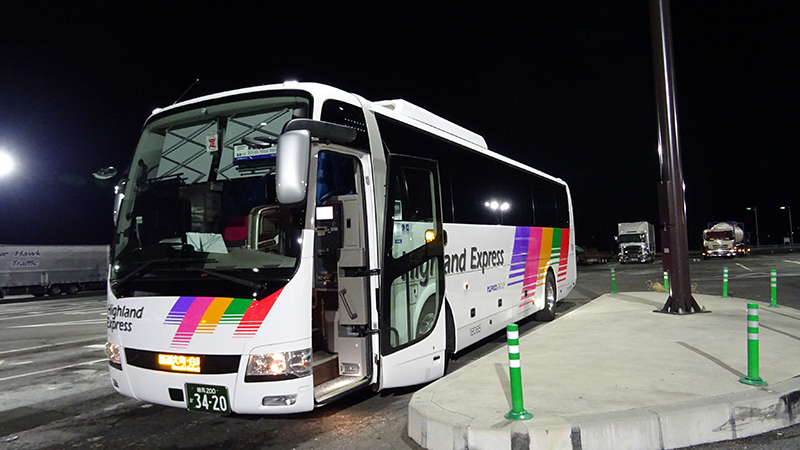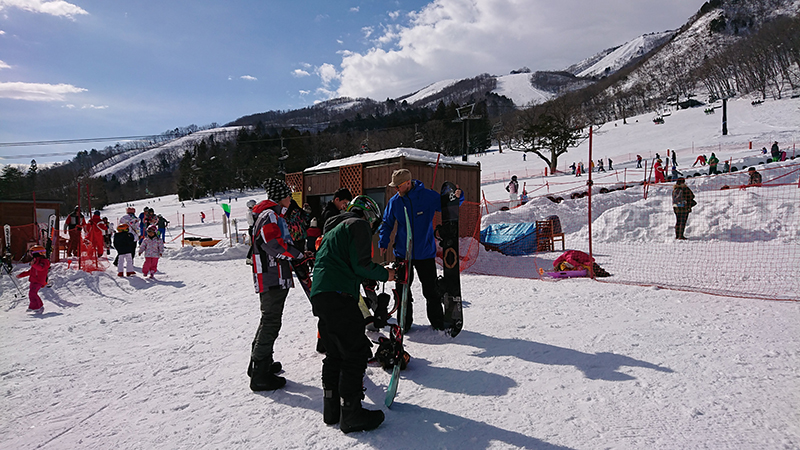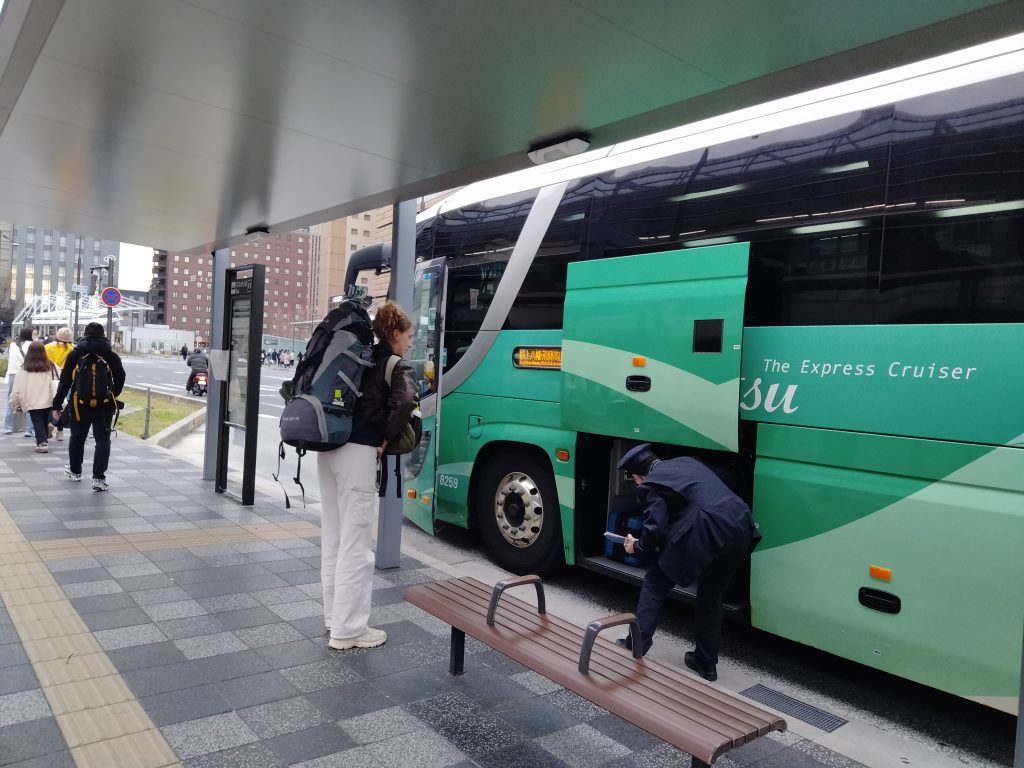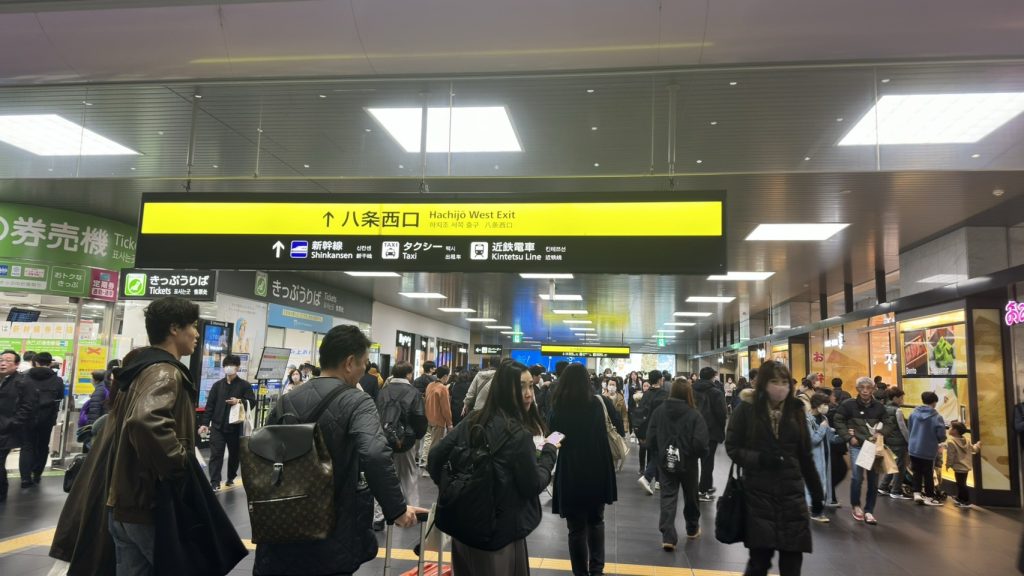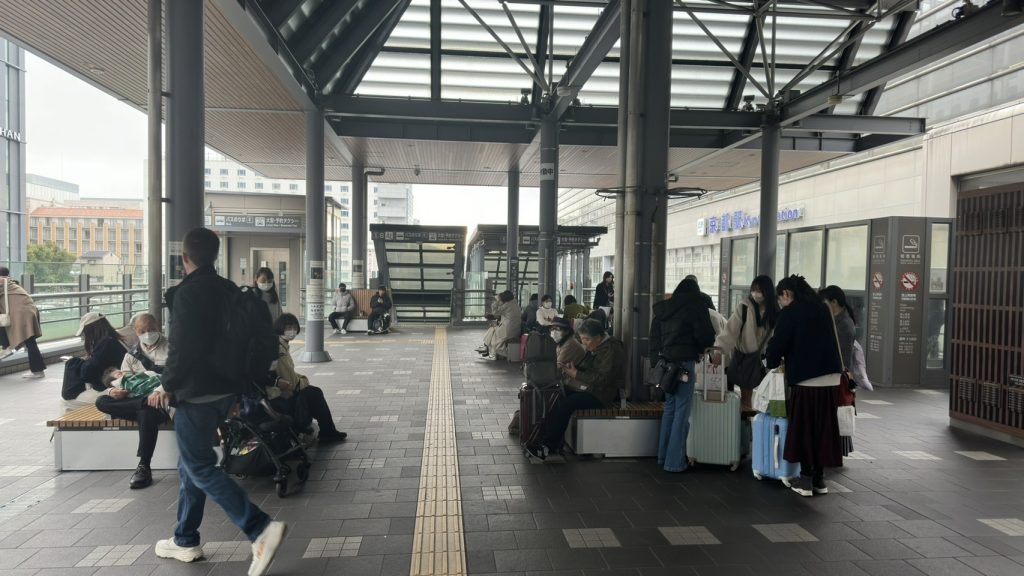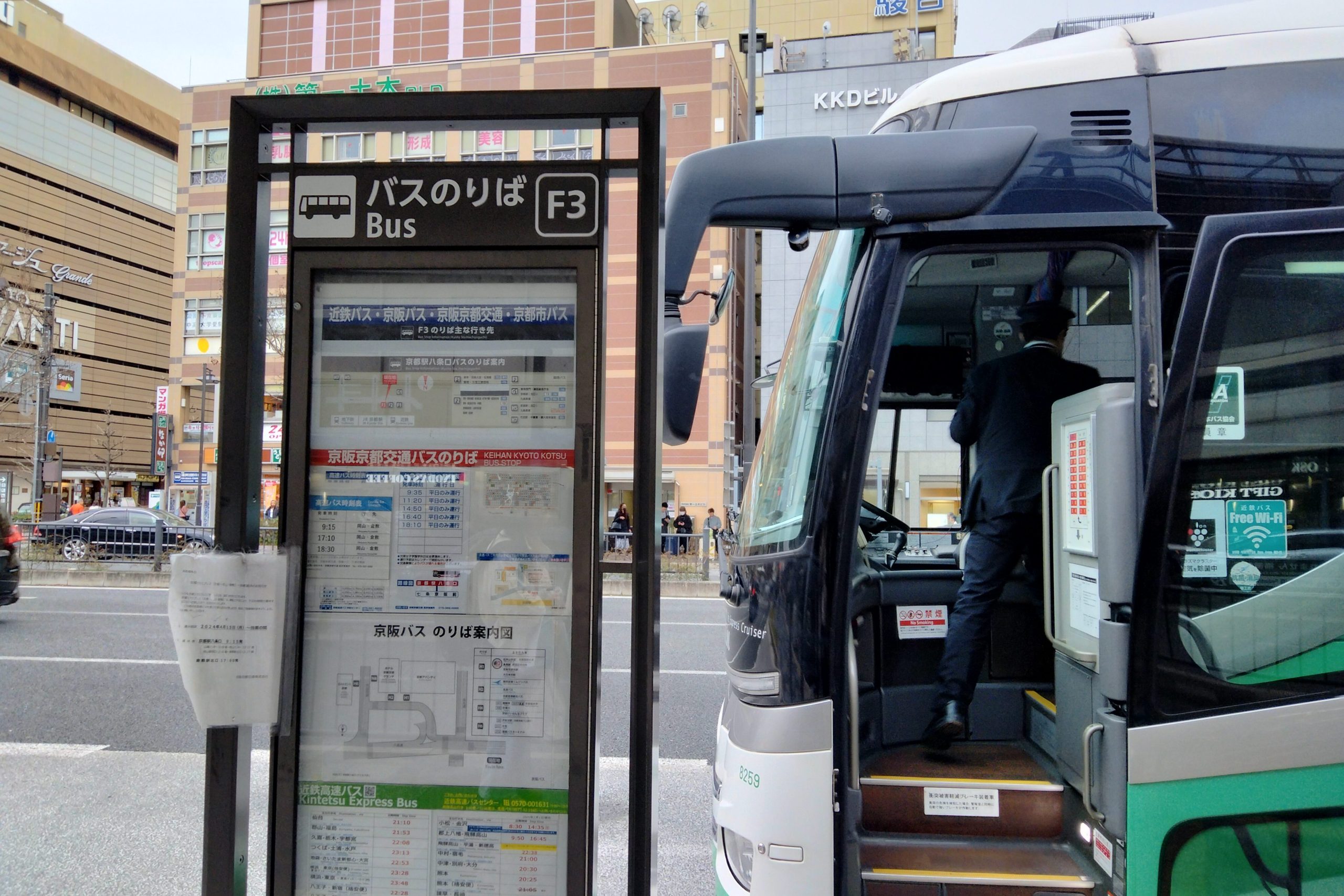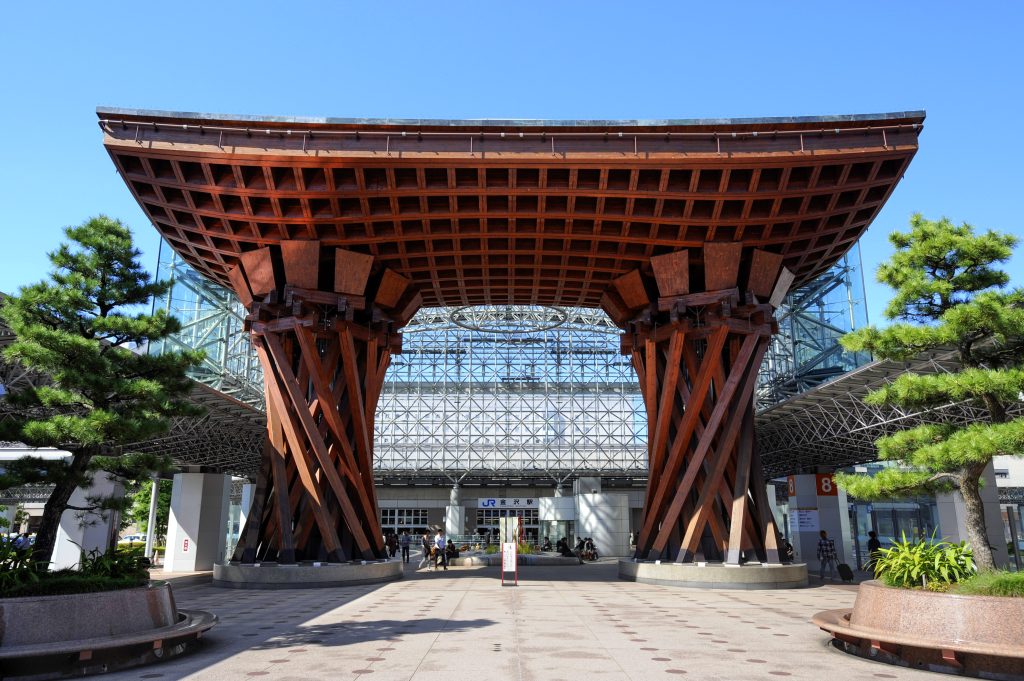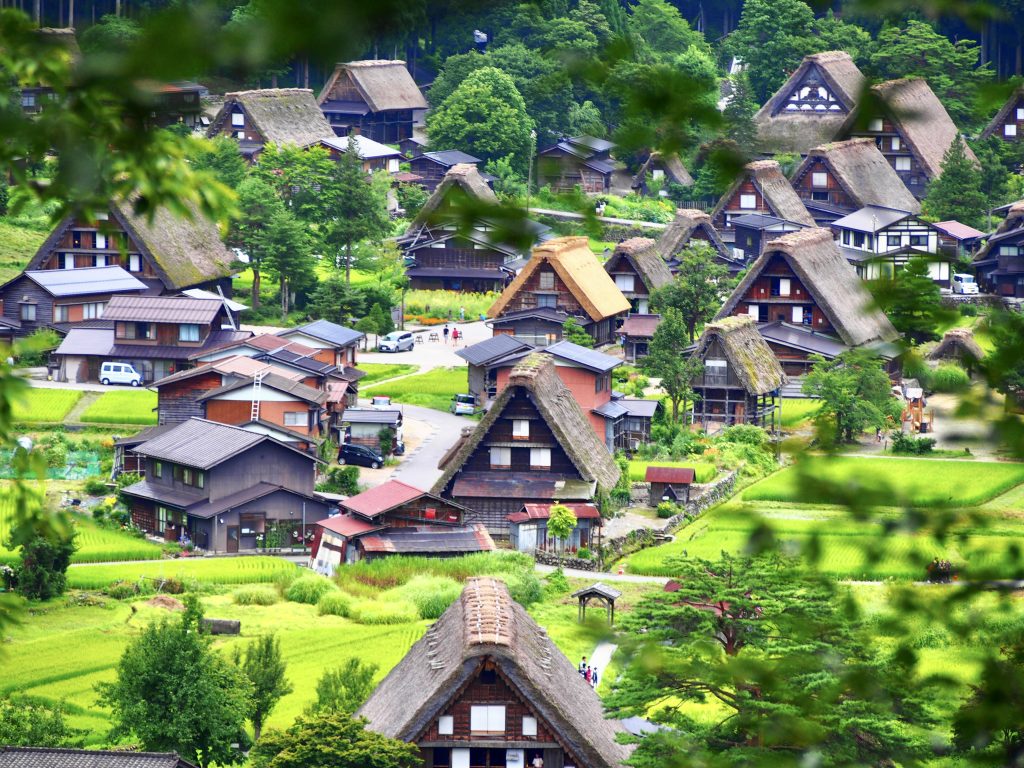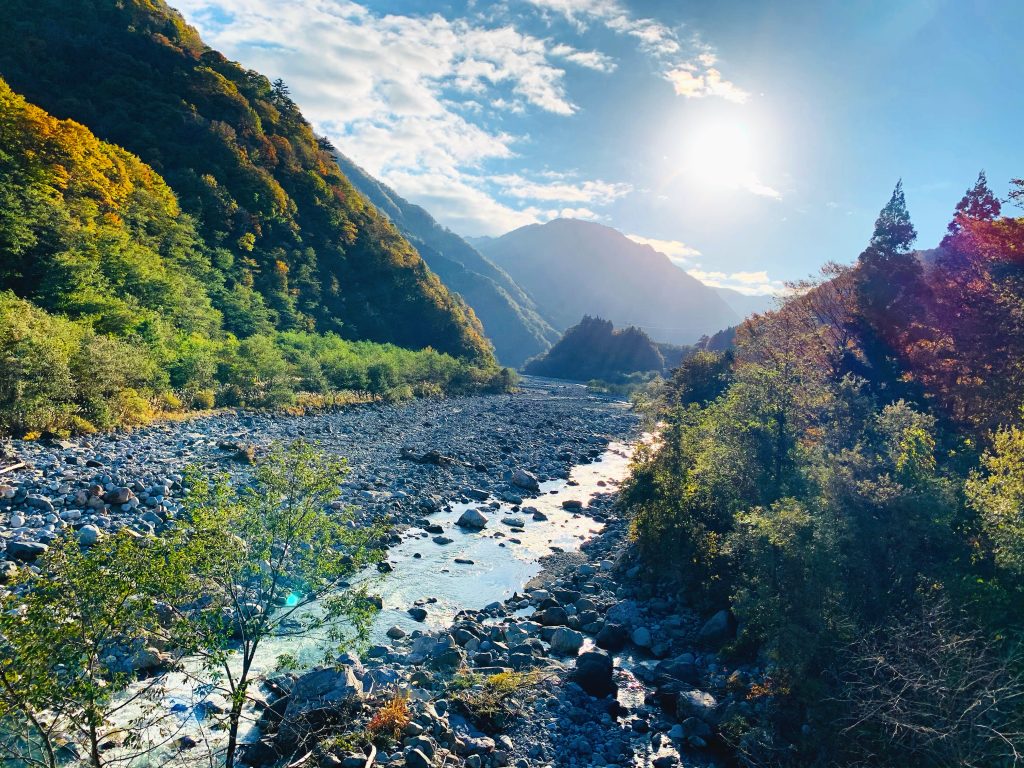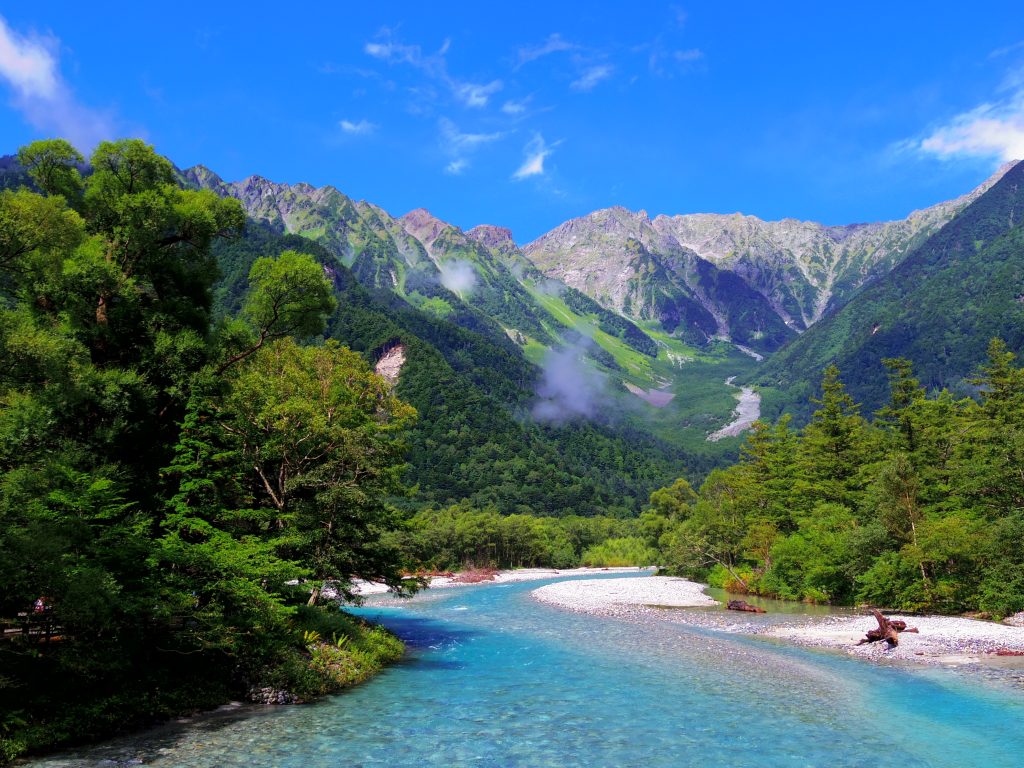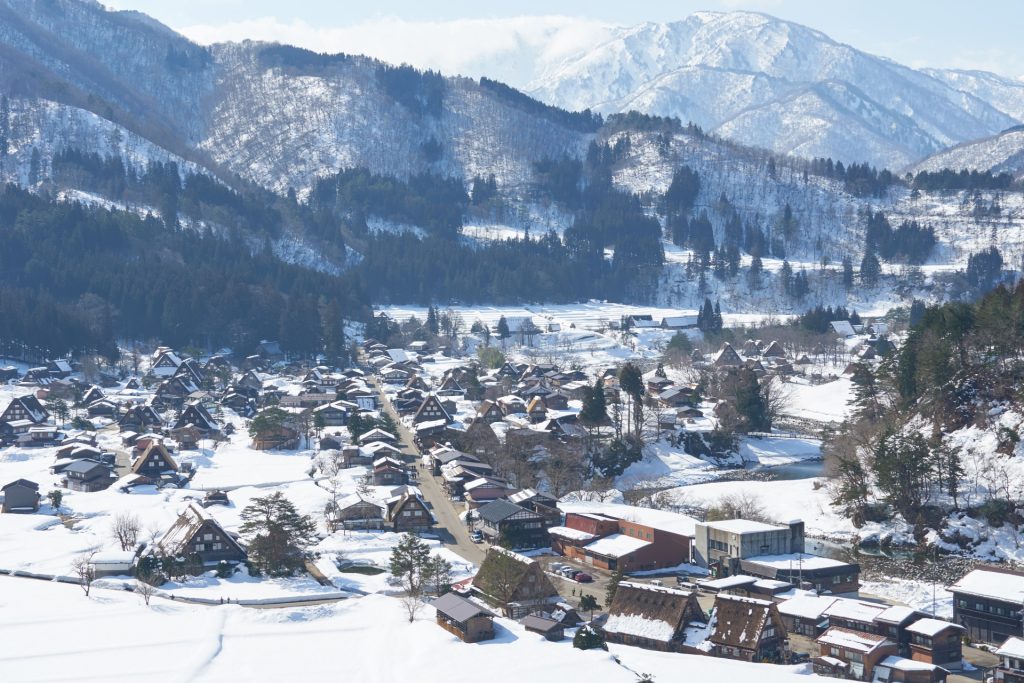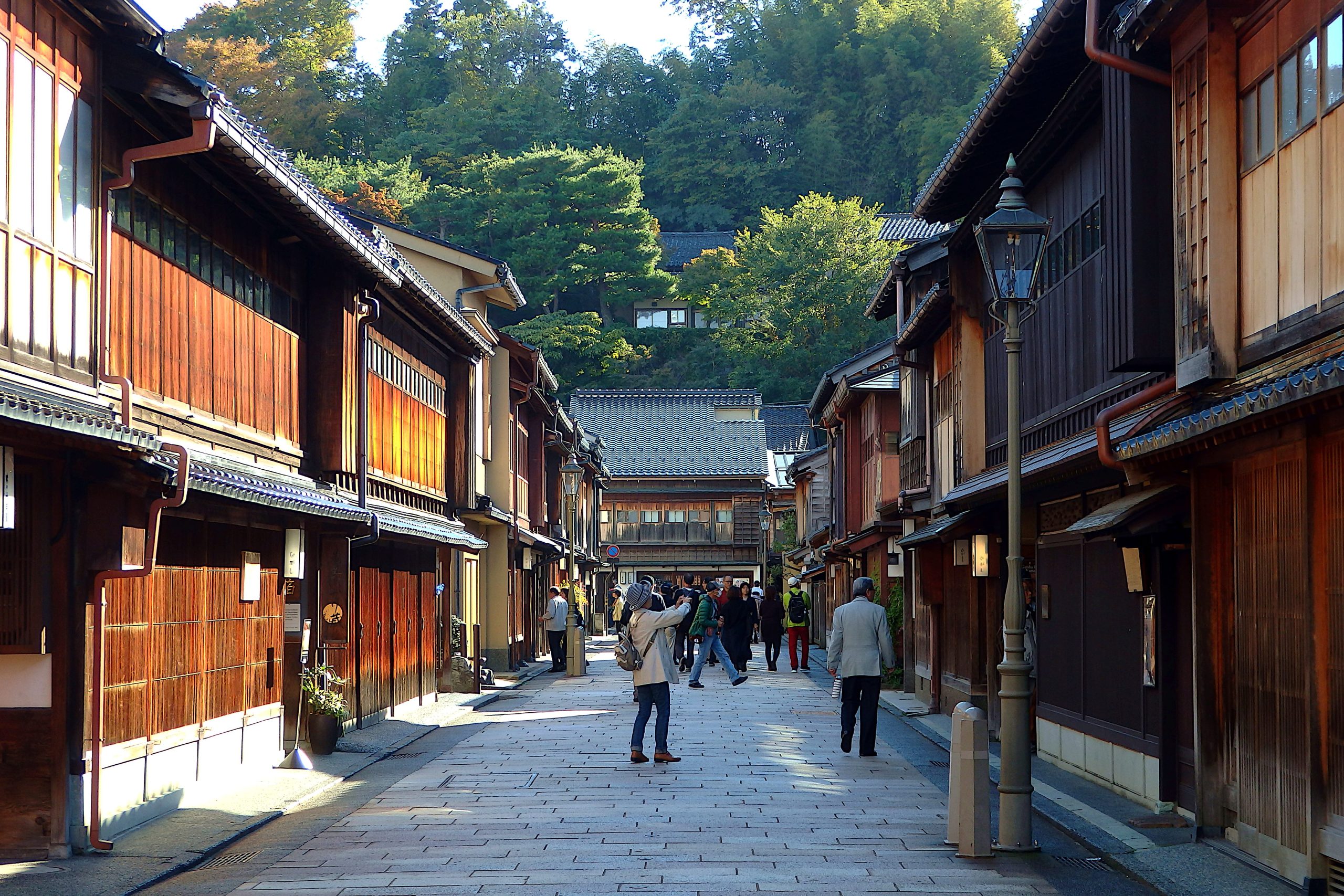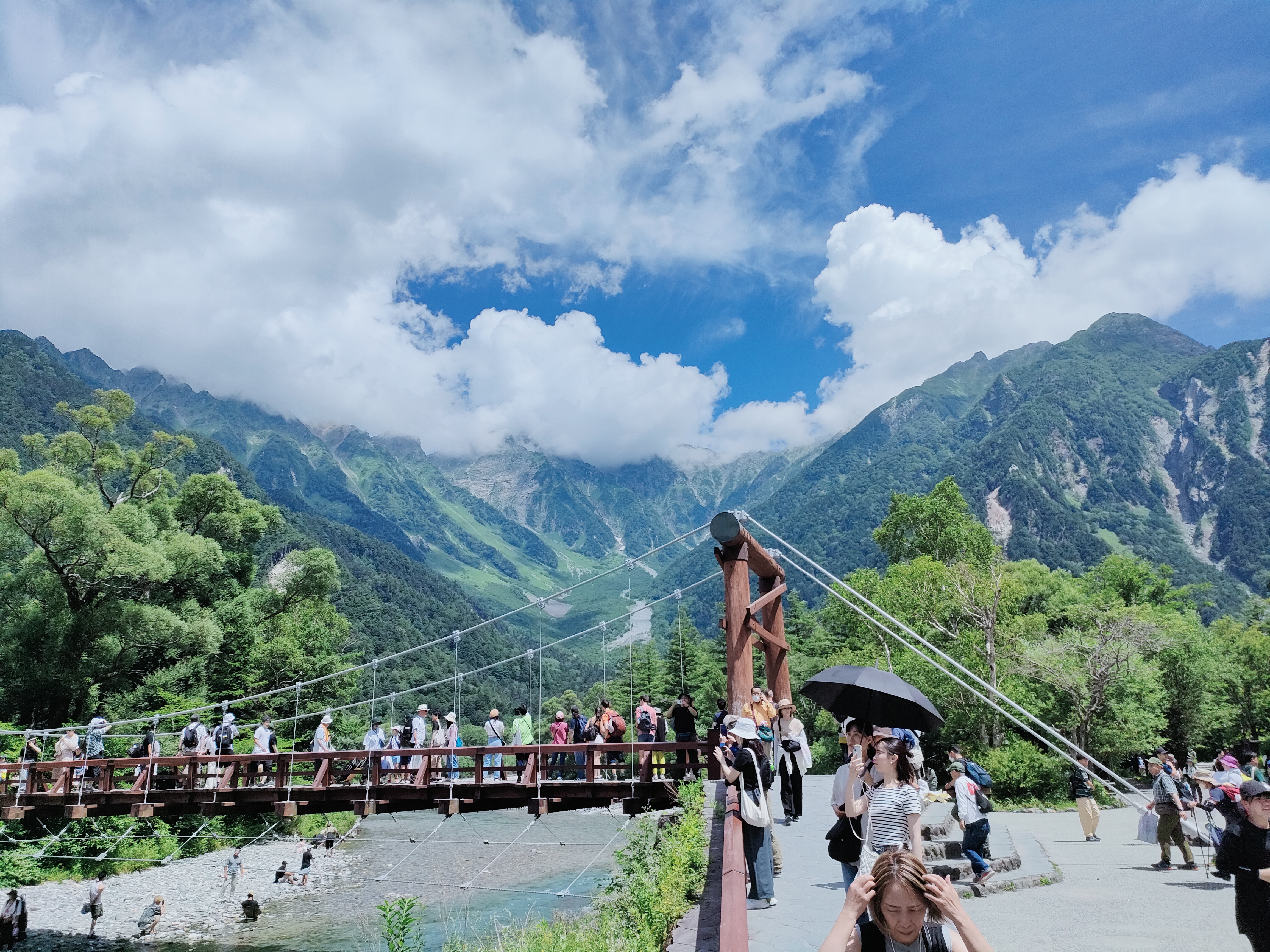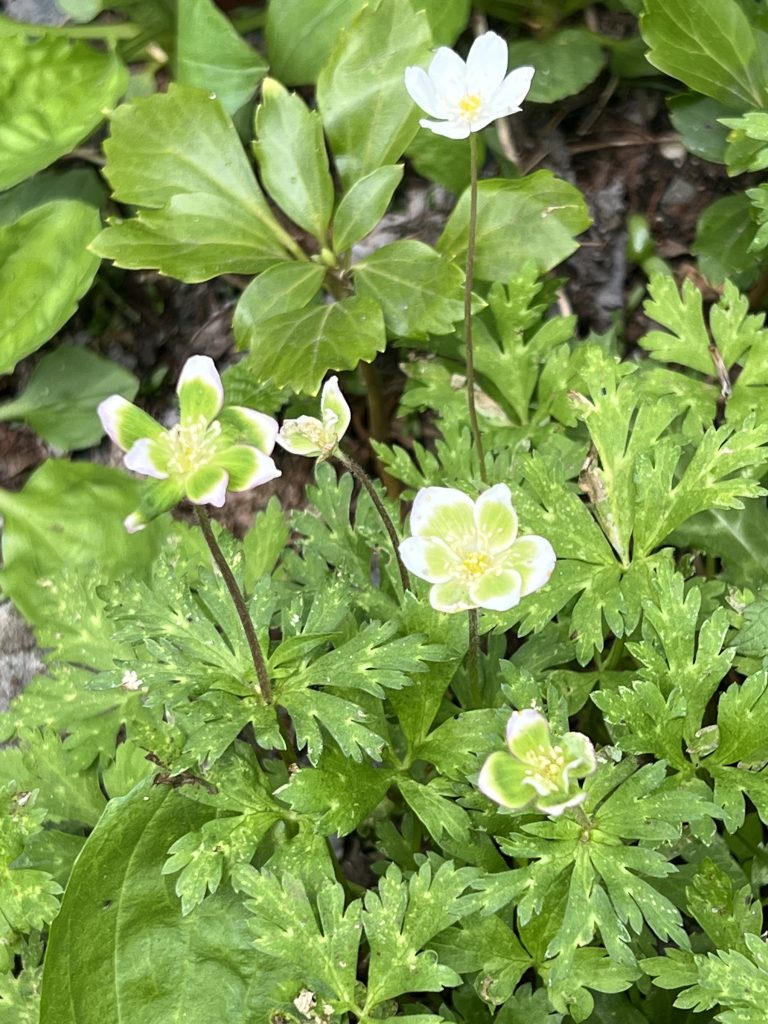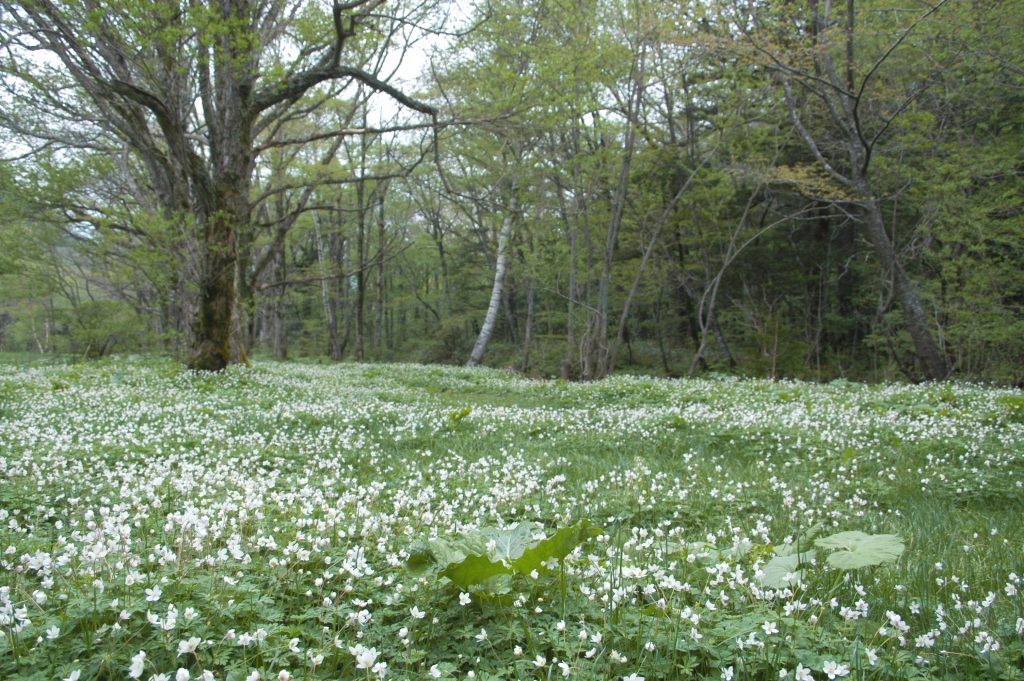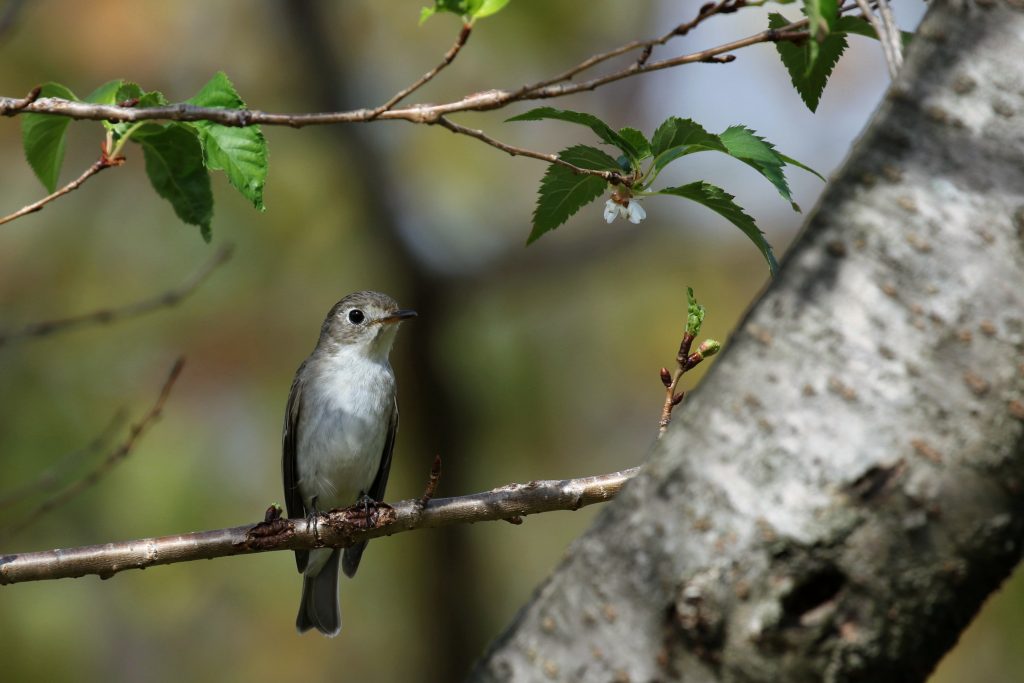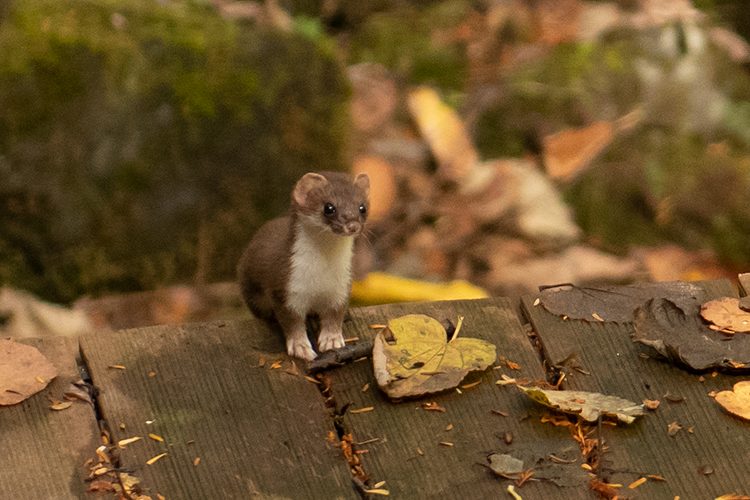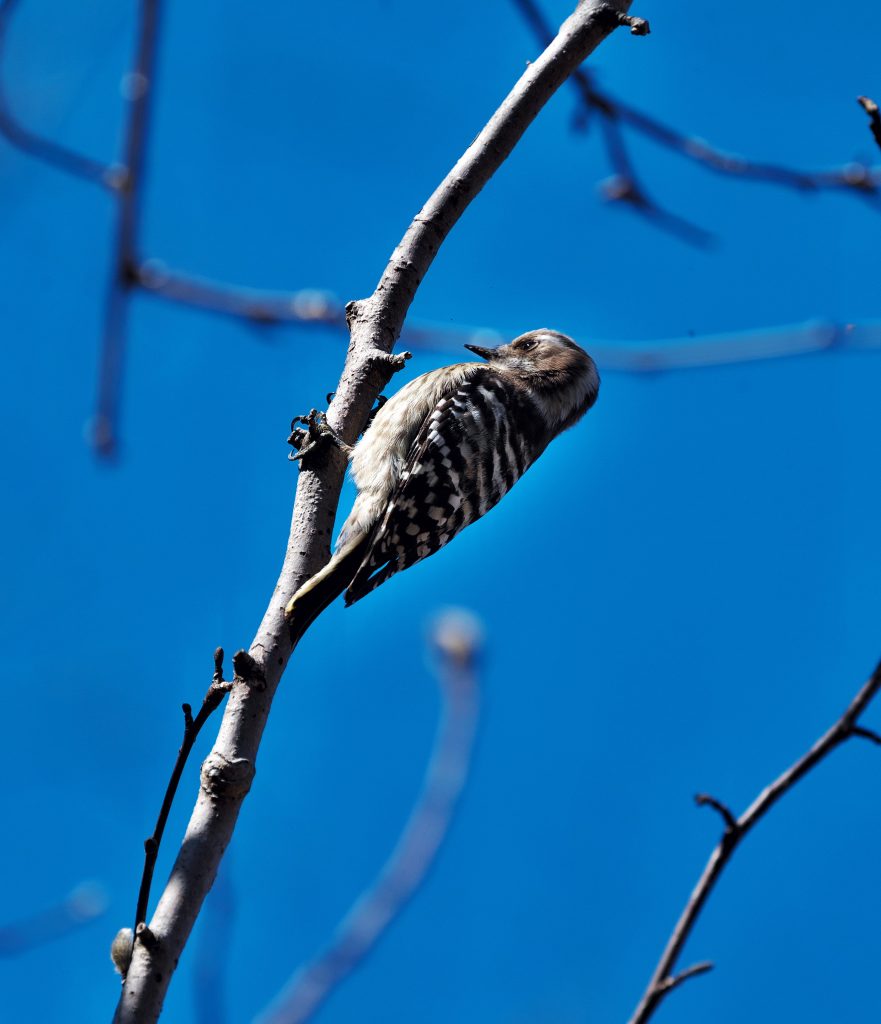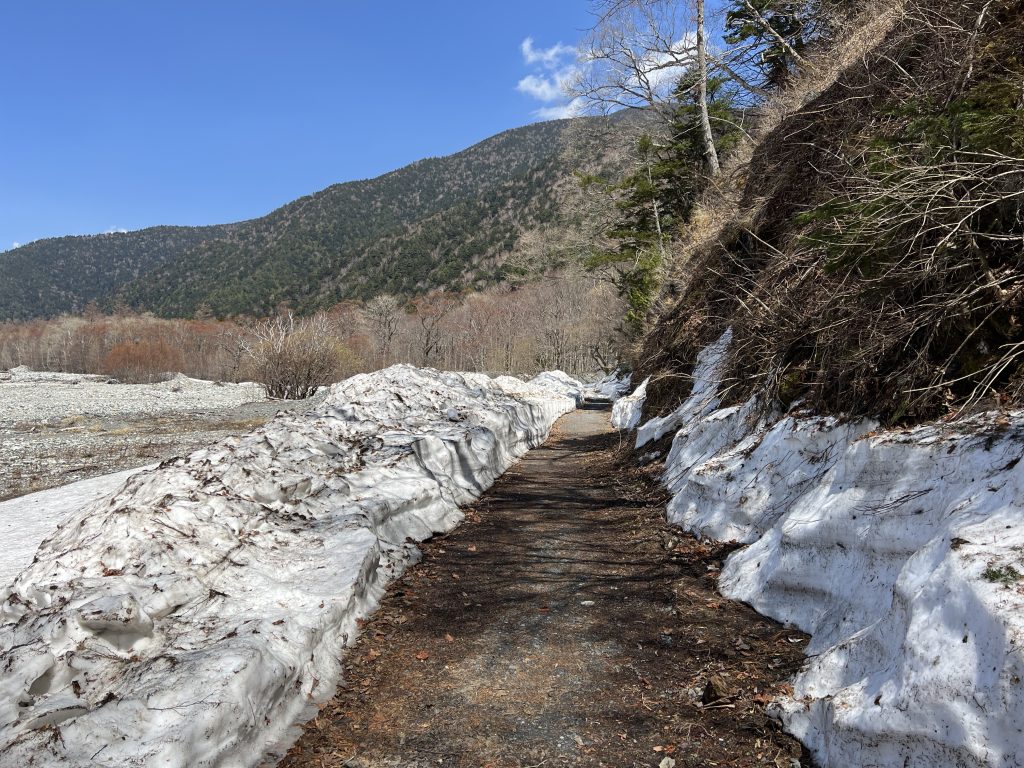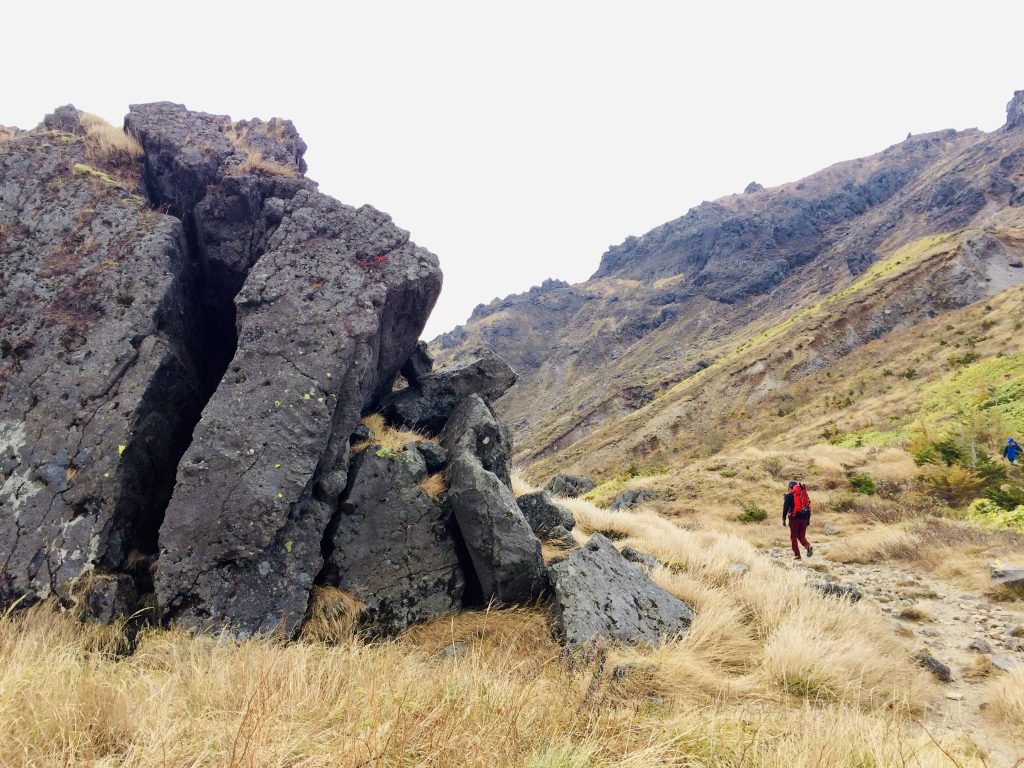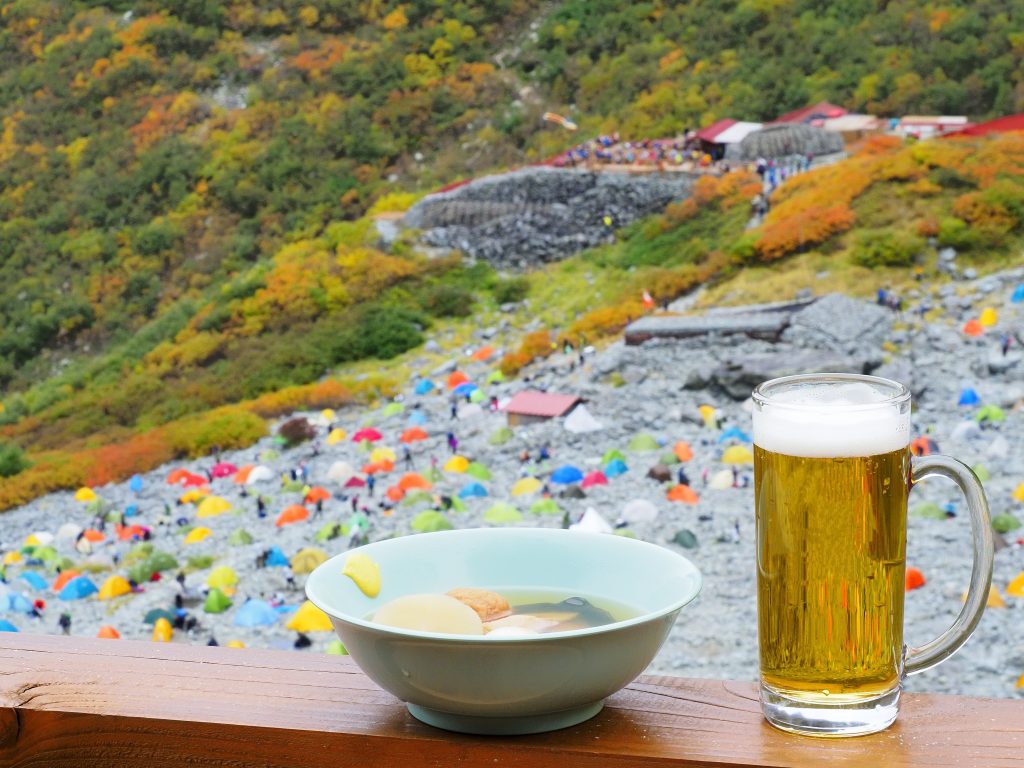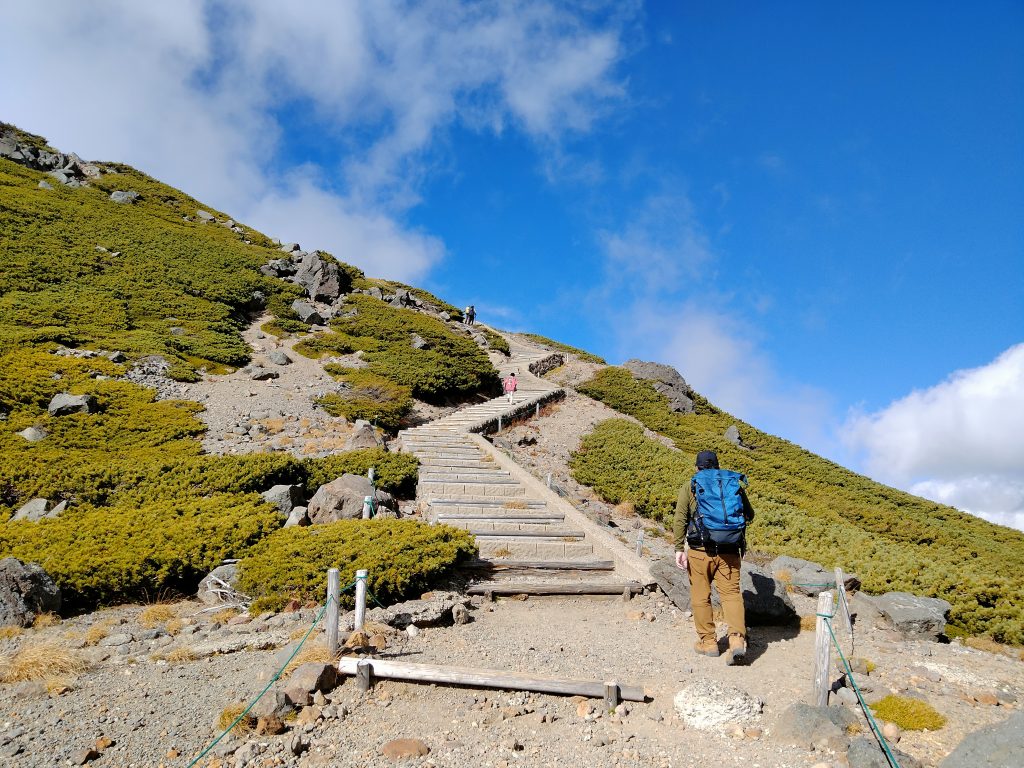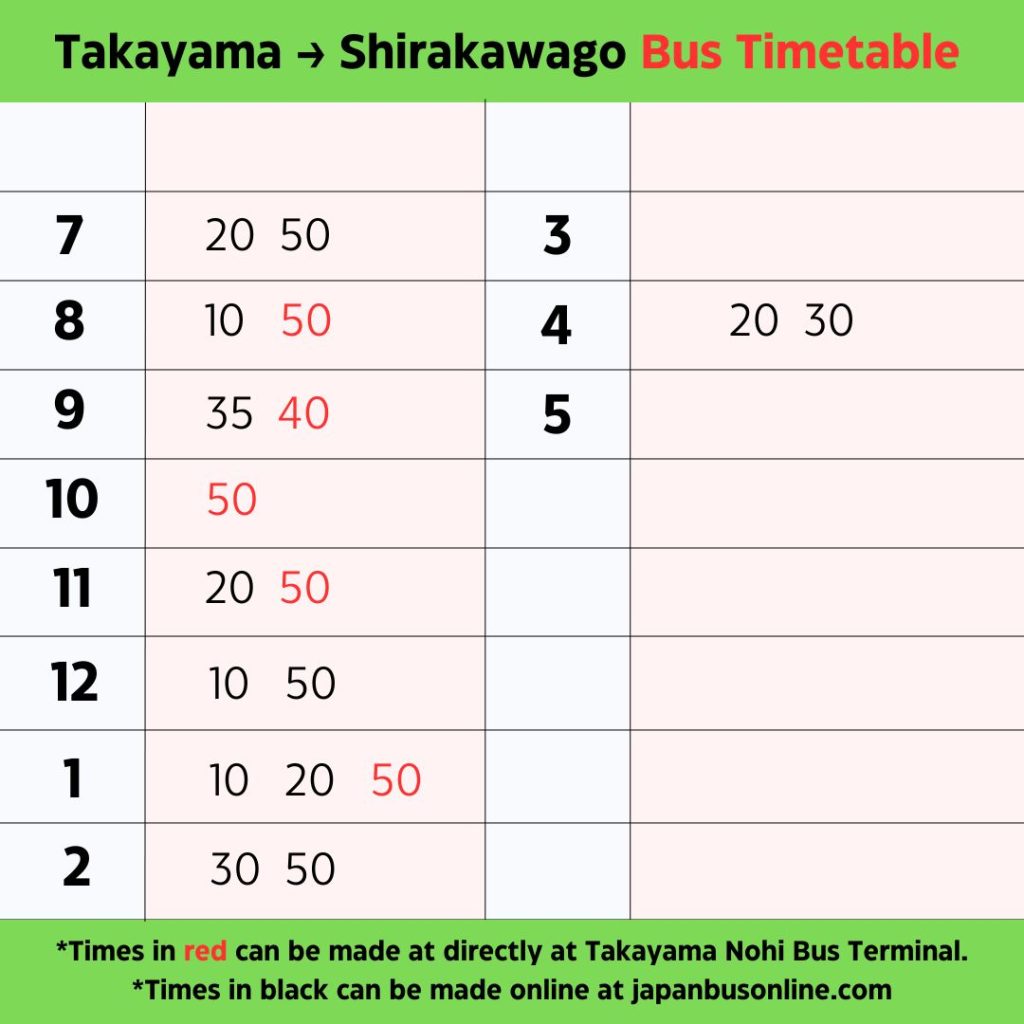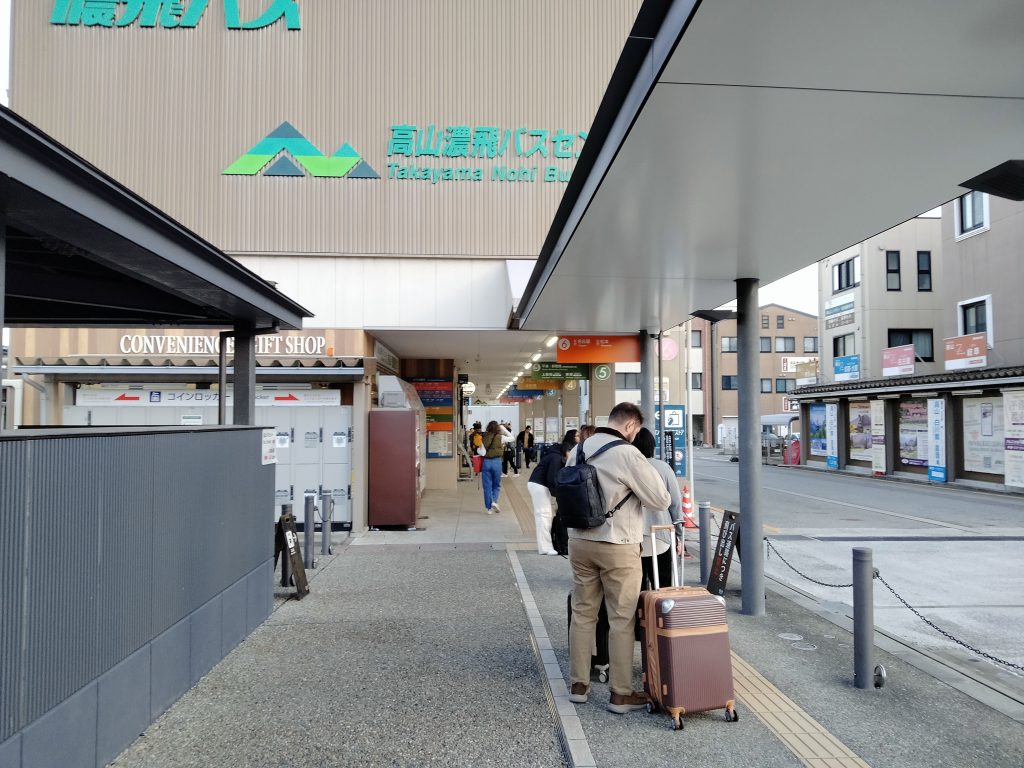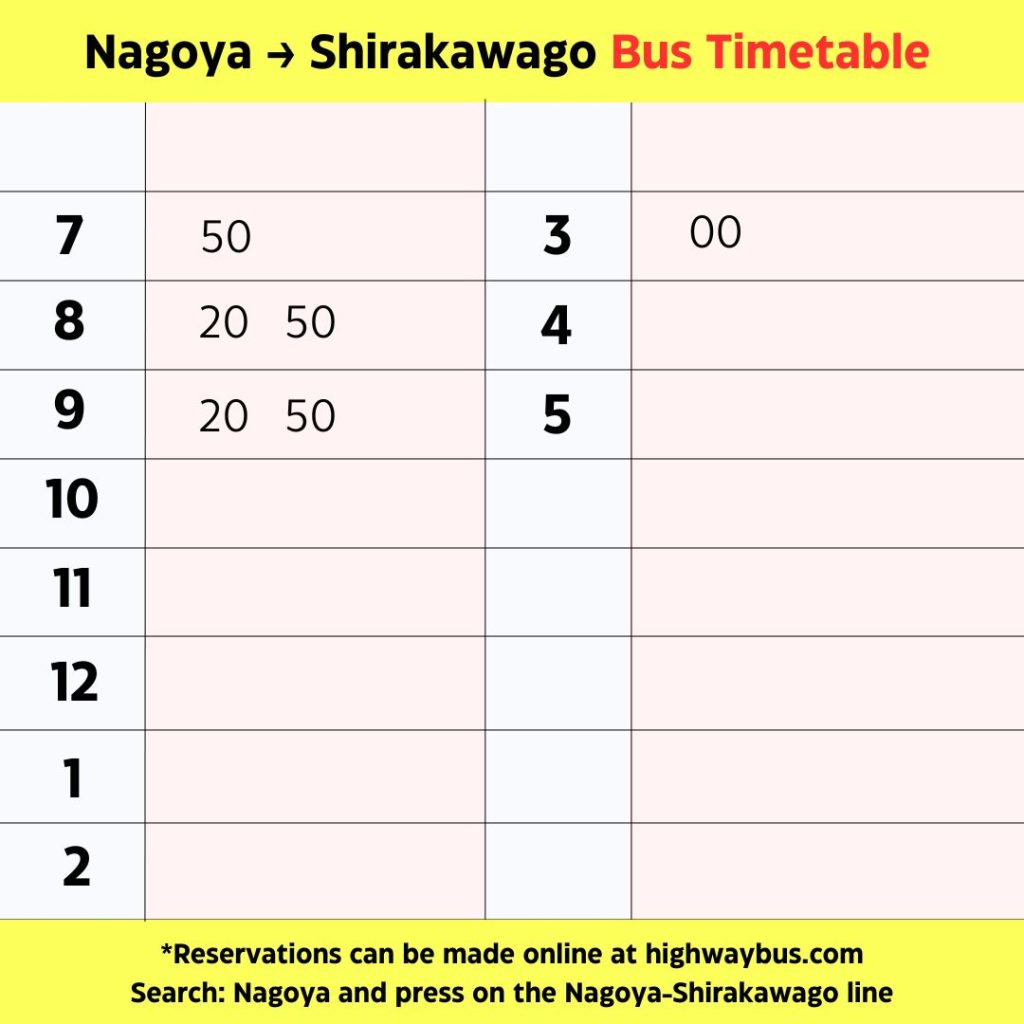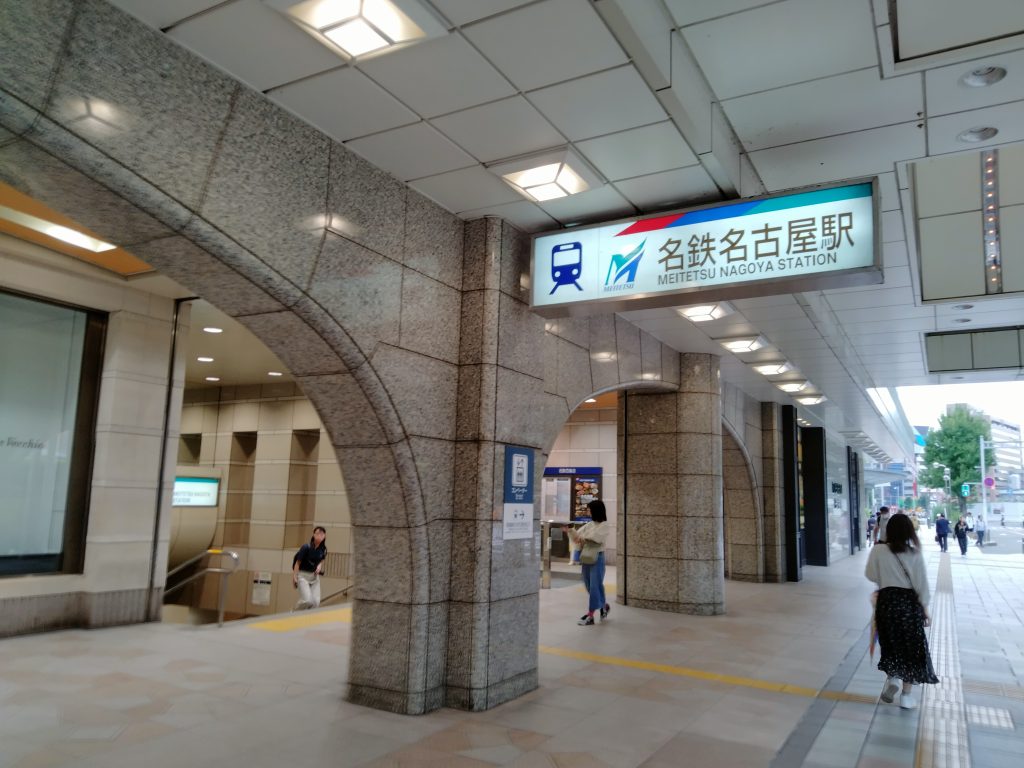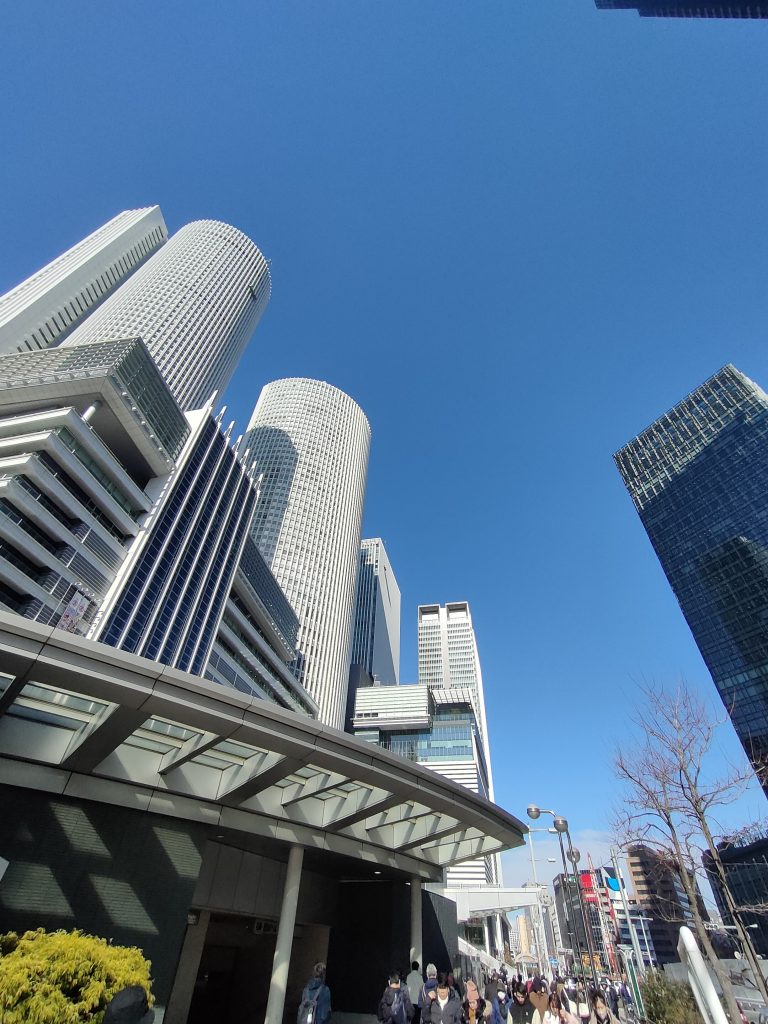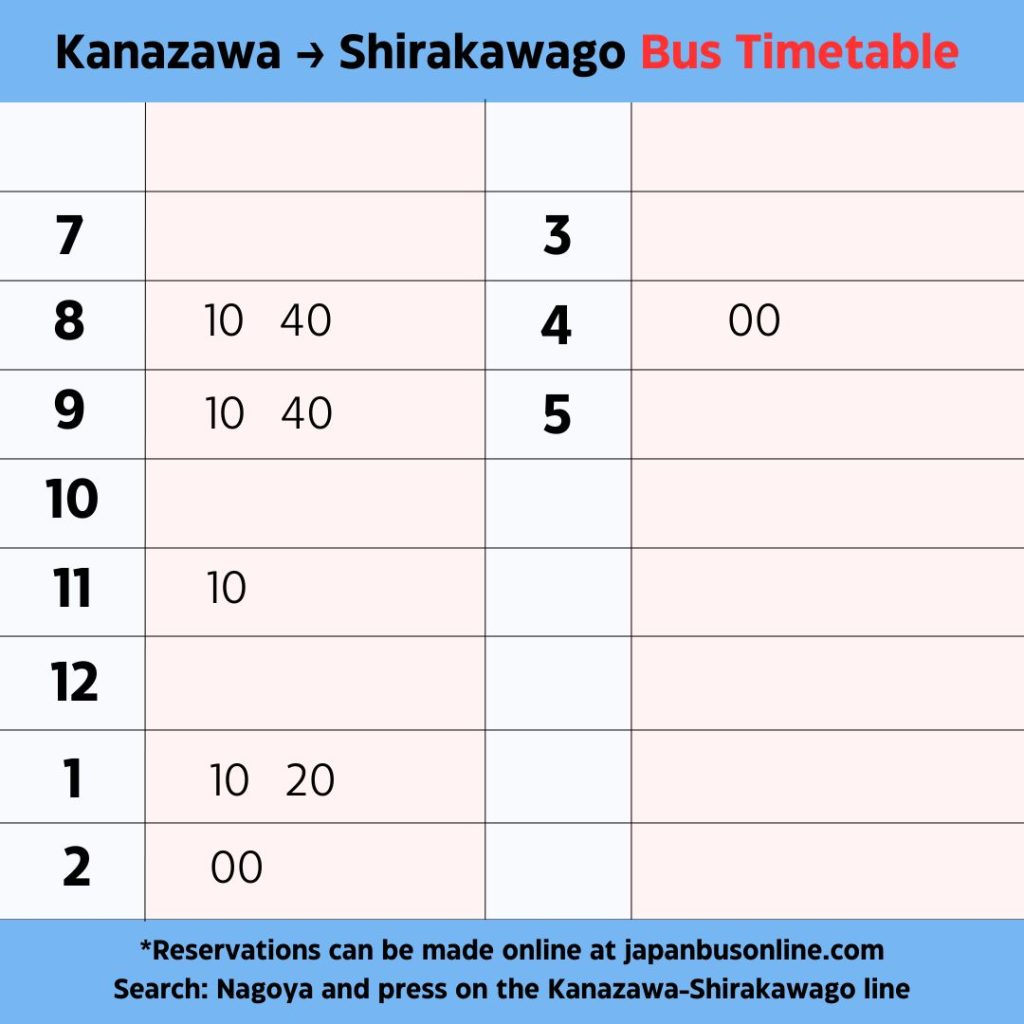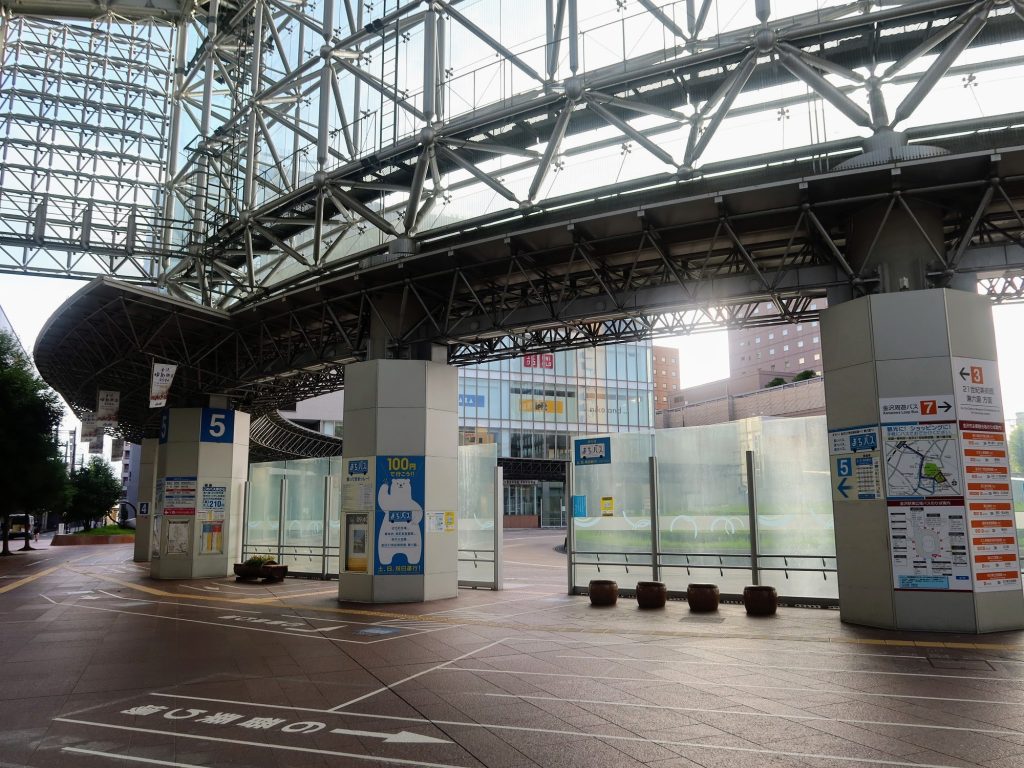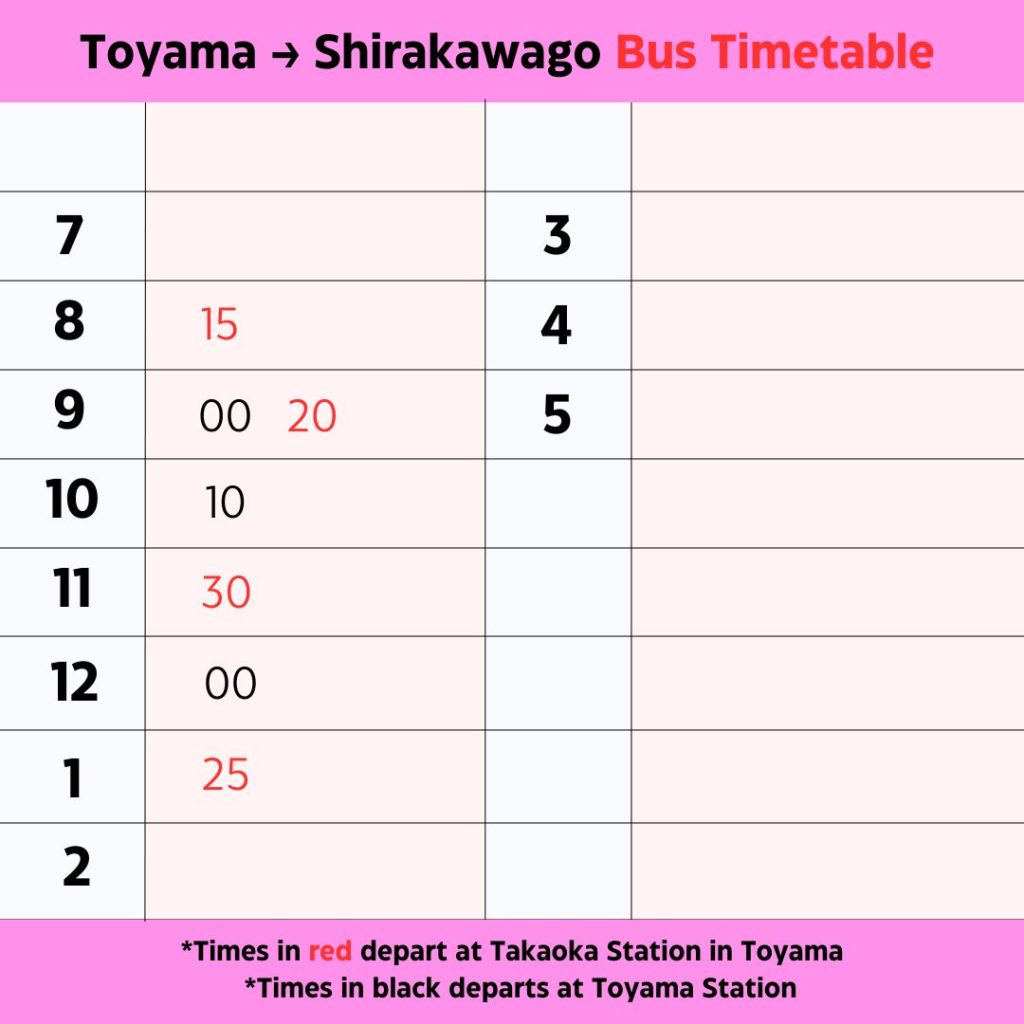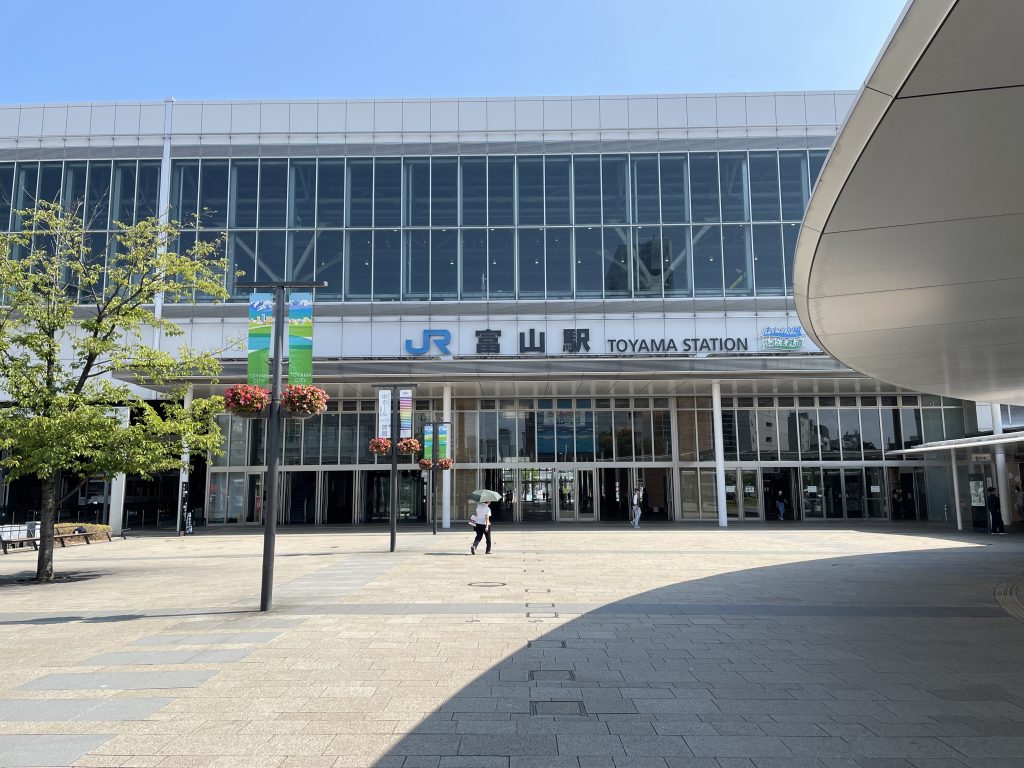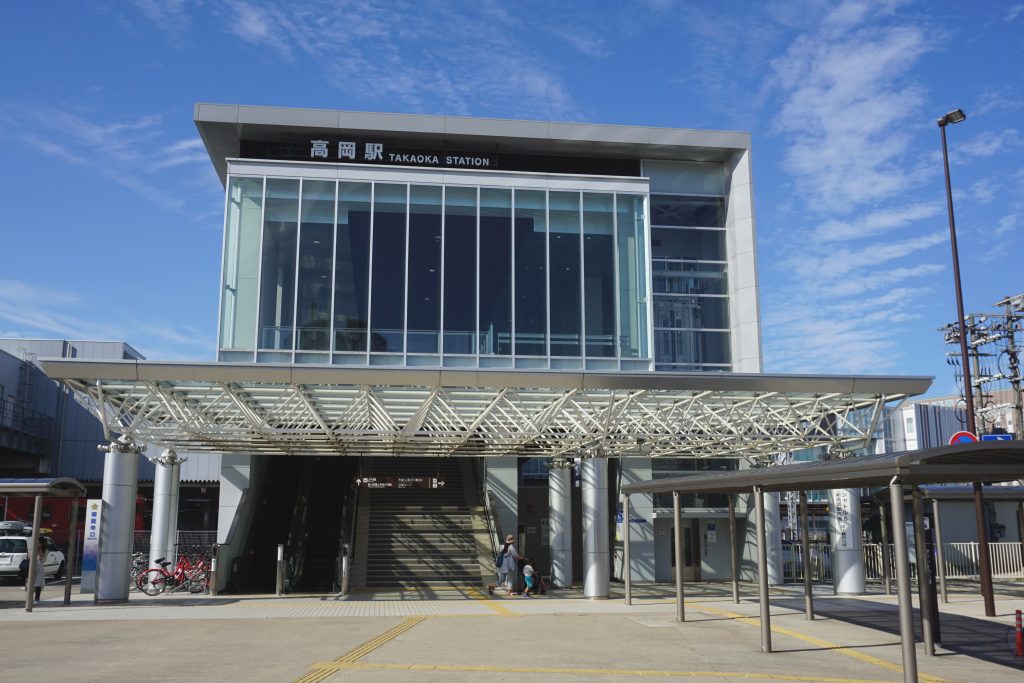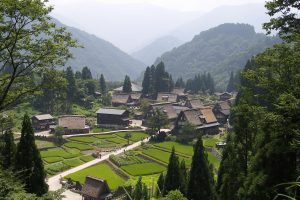Popular day trips from Tokyo like Hakone, Kamakura, and Lake Kawaguchi are all excellent choices, but are often overcrowded. For those looking for more hidden gems and hiking courses with spectacular views of Mt. Fuji without a car, read ahead!
Below we’ll introduce lesser-known hidden spots and accessible hiking courses a stop away from Shinjuku, all accessible by bus. To reach these spots, simply take the highway bus route between Shijuku Bus Terminal and Kofu.
*Highway buses allow boarding and alighting at intermediate stops such as “Chuo Expressway Fuchu Bus Stop” and “Chuo Expressway Hino Bus Stop” in addition to Shinjuku Bus Terminal.
Day Trip Options from Shinjuku
Popular Classic Spots:
When thinking of tourist destinations for day trips from Shinjuku, some of the more popular destinations might include…
Hakone
Hakone is famous for its hot springs and mountain scenery. The view of Mt. Fuji and Hakone Shrine in particular are popular attractions in the area. Hakone is accessible from Shinjuku by about 90 minutes via the Odakyu Line.
When visiting Hakone, Odakyu Line’s “Hakone Free Pass” is convenient.
Hakone Free Pass Official Website
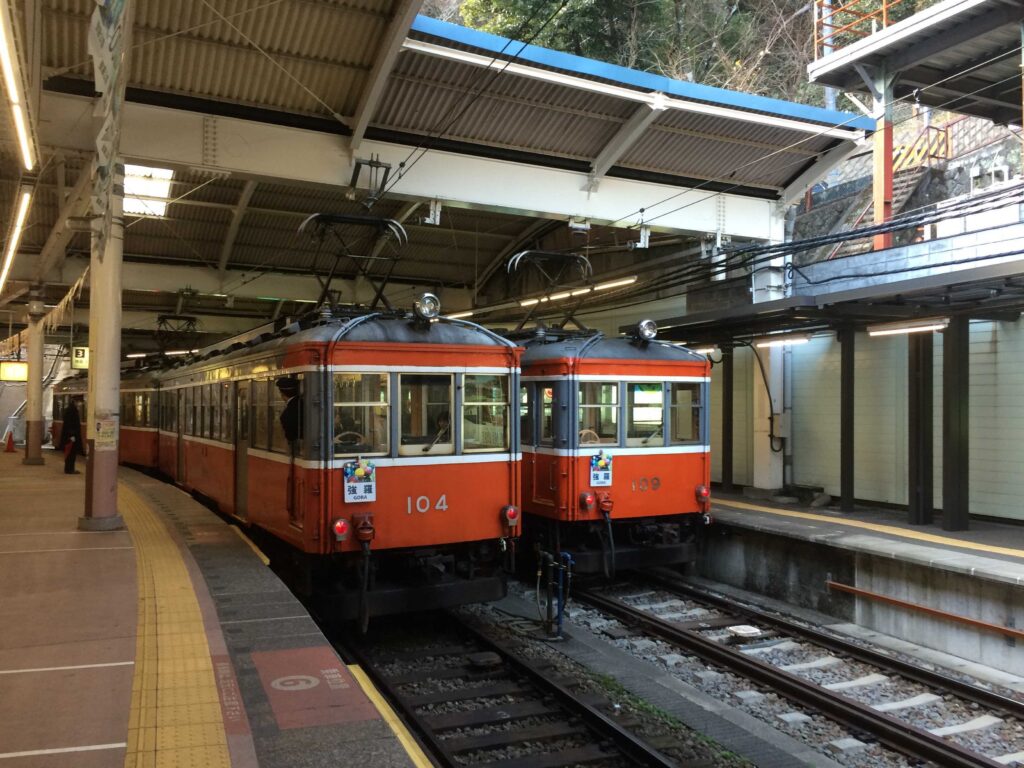
Kamakura & Enoshima
Kamakura and Enoshima offers the historical atmosphere of an ancient capital plus seaside scenery. With the Great Buddha, Tsurugaoka Hachimangu Shrine visits, and Enoshima’s hiking courses, you can easily enjoy a full day at this classic destination.
About 60 minutes from Shinjuku via Odakyu Line or JR Shonan-Shinjuku Line.
The Odakyu Line’s “Enoshima-Kamakura Free Pass” is convenient.
Enoshima-Kamakura Free Pass Official Website
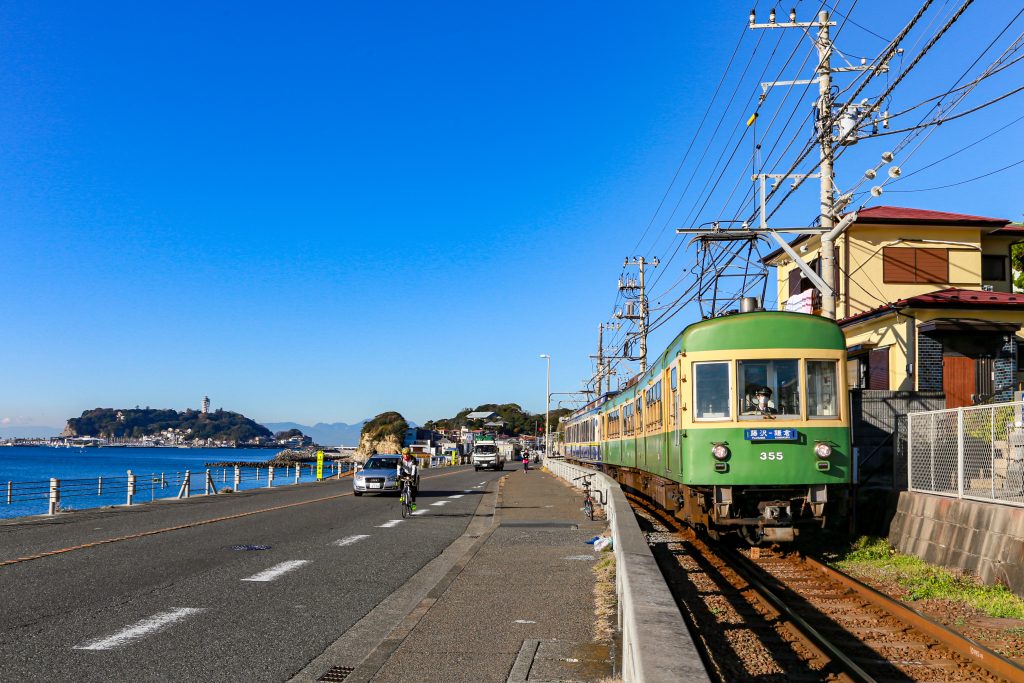
Lake Kawaguchi
Lake Kawaguchi offers the best lakeside scenery with Mt. Fuji directly in front of it. There are endless things to do, including museum tours, lakeside walks, and hiking at the foot of Mt. Fuji in the area.
1 hour 45 minutes by highway bus from Shinjuku Bus Station. (About 50 round trips per day)
highwaybus.com
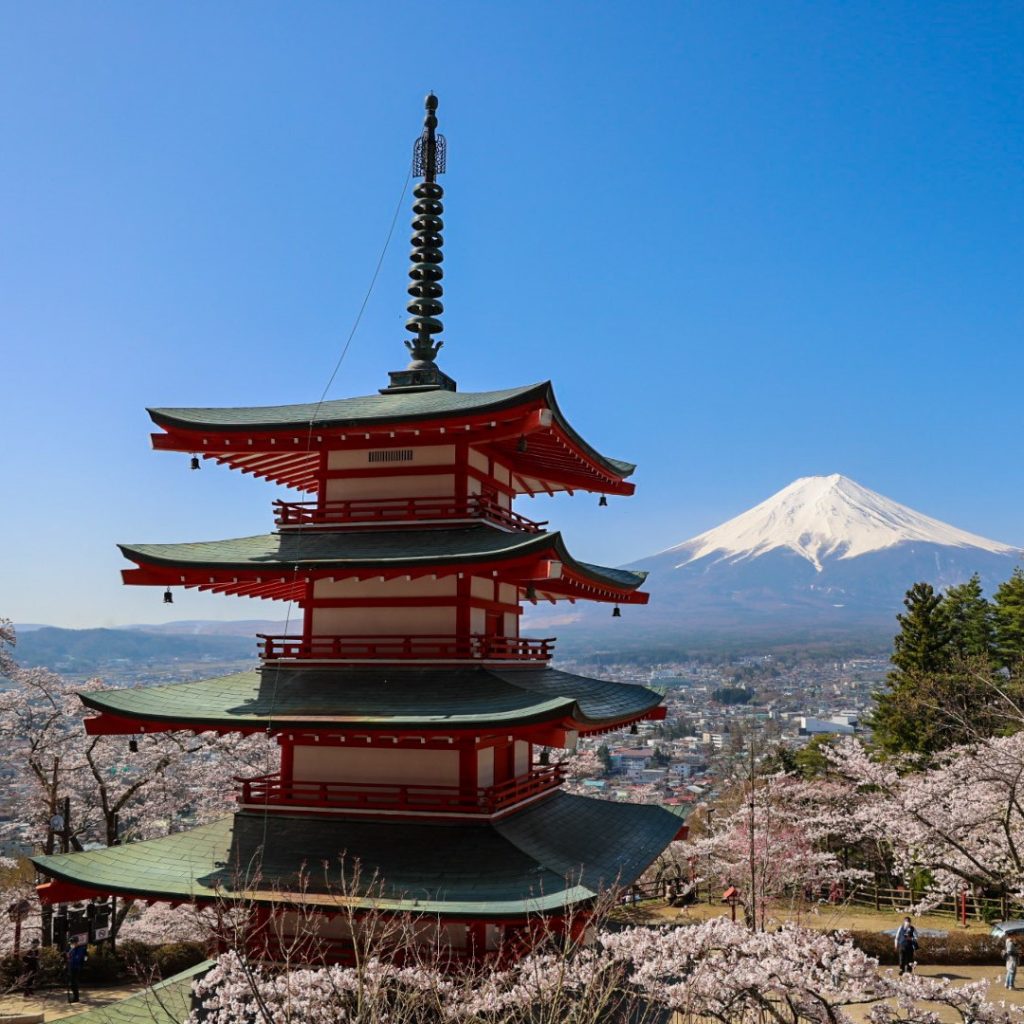
Nikko
Nikko is full of attractions including the World Heritage Toshogu Shrine, Kegon Falls, and Lake Chuzenji. With convenient access of about 2 hours by limited express from Shinjuku, you can enjoy the charms of each season at this premier Kanto area tourist destination where historical buildings and magnificent nature merge.
Direct trains from Shinjuku to Nikko area: 2 round trips per day
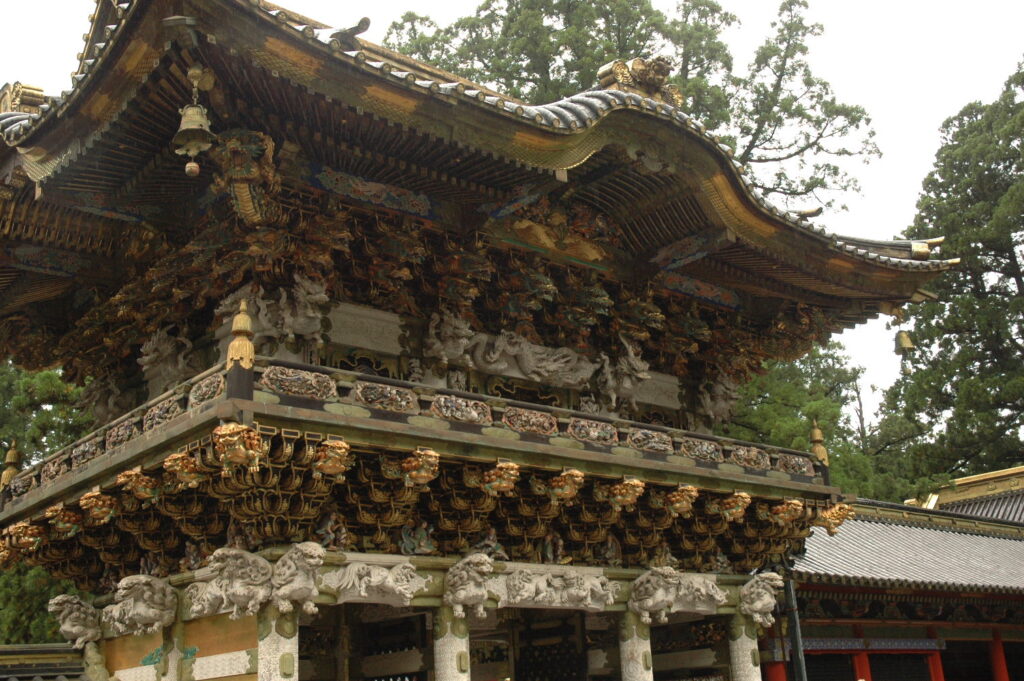
・Spacia Nikko Departs Shinjuku 9:34 → Arrives Shimo-Imaichi 11:23 → Arrives Tobu Nikko 11:31 Departs Tobu Nikko 16:39 → Departs Shimo-Imaichi 16:46 → Arrives Shinjuku 18:35
・Nikko-Kinugawa Departs Shinjuku 10:31 → Arrives Shimo-Imaichi 12:17 → Arrives Kinugawa Onsen 12:36 Departs Kinugawa Onsen 14:56 → Departs Shimo-Imaichi 15:21 → Arrives Shinjuku 17:09
*The above timetable is as of November 2025.
Looking for More Hidden Gems?
While these classic spots are great in itself, there are other options for those who want to maximize discovering new places while avoiding crowds.
We particularly recommend day trips which utilize bus stops along the Shinjuku Bus Terminal to Kofu route. For those wanting to enjoy nature in the Japanese countryside without worrying about getting stranded, there are many hidden tourist attractions scattered along the Chuo Expressway.
*Highway buses allow boarding and alighting at intermediate stops such as “Chuo Expressway Fuchu Bus Stop” and “Chuo Expressway Hino Bus Stop” in addition to Busta Shinjuku.
Hidden Spot 1: Yamanashi Winery Trip (Chuo Expressway Shakado Bus Stop)
A hidden gem area about 1 hour 30 minutes by highway bus from Shinjuku Bus Terminal.
Yamanashi Prefecture is one of Japan’s leading wine regions. Around Shakado Parking Area (Chuo Expressway Shakado Bus Stop), there are multiple unique wineries frequented by wine lovers from around the world. You can enjoy wine tastings or dining while gazing at the vineyards.

Depending on the season, fruit picking experiences like grape picking are also available. This wonderful day trip takes you away from the stress of city life and allows you to indulge yourself amongst vast nature.
Hidden Spot 2:“Dangozaka Service Area & An Old Post Town (Chuo Expressway Nodajiri Bus Stop)
Another hidden gem located 1 hour by highway bus from Shinjuku.
On the Chuo Expressway, is Dangozaka Service Area, a well known service area and drive in spot. Although it is a service area, it is quite well known and there are actually many places in the surrounding area where you can fully enjoy nature.
To read more on how to enjoy the Dangozaka Service Area, read more here.
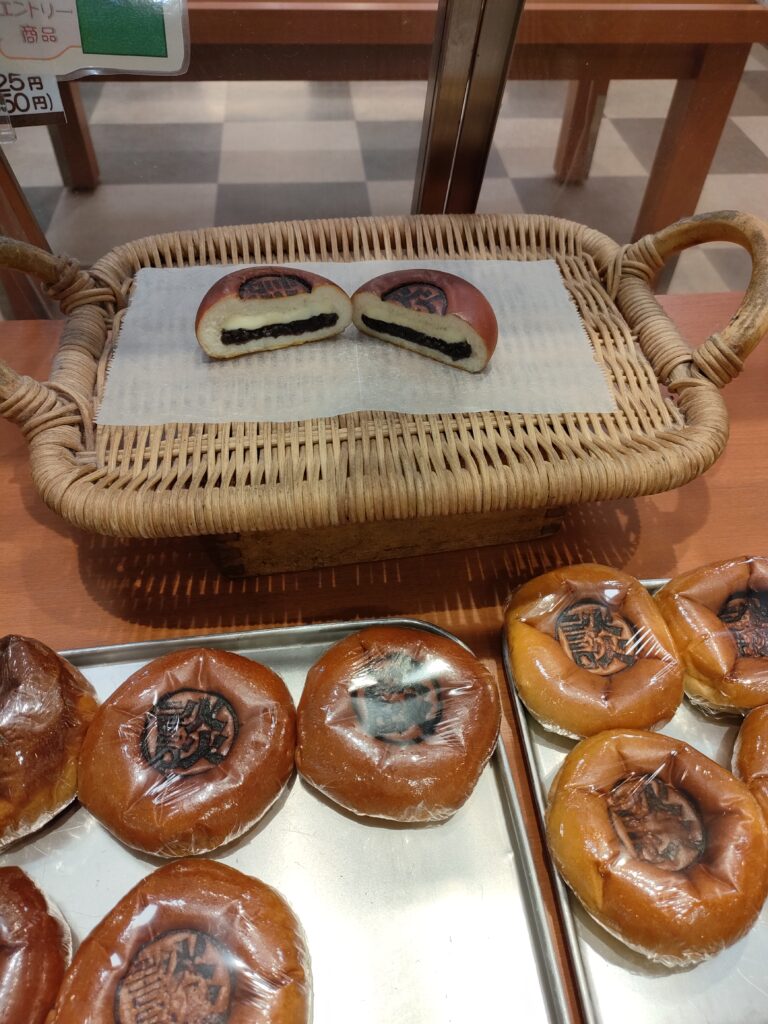
Simple Hikes with Stunning Views of Mt.Fuji
If you’re taking the bus from Shinjuku to Kofu, there are several easily accessible hiking routes by the drop off areas. The view of Mt.Fuji is absolutely breathtaking and the routes suitable for beginners and experts alike.
Mt.Momokura
Easily accessible from Shinjuku, this beginner-friendly mountain offers panoramic views of Mt. Fuji. Though it is only 1,003m in elevation, the vista from the summit is truly spectacular.
Hiking the mountain takes 3 hours roundtrip, so if you take the bus in the early morning, you can easily make it a Mt.Fuji day trip.
For more information on the access methods to Mt.Momokura, read more here.
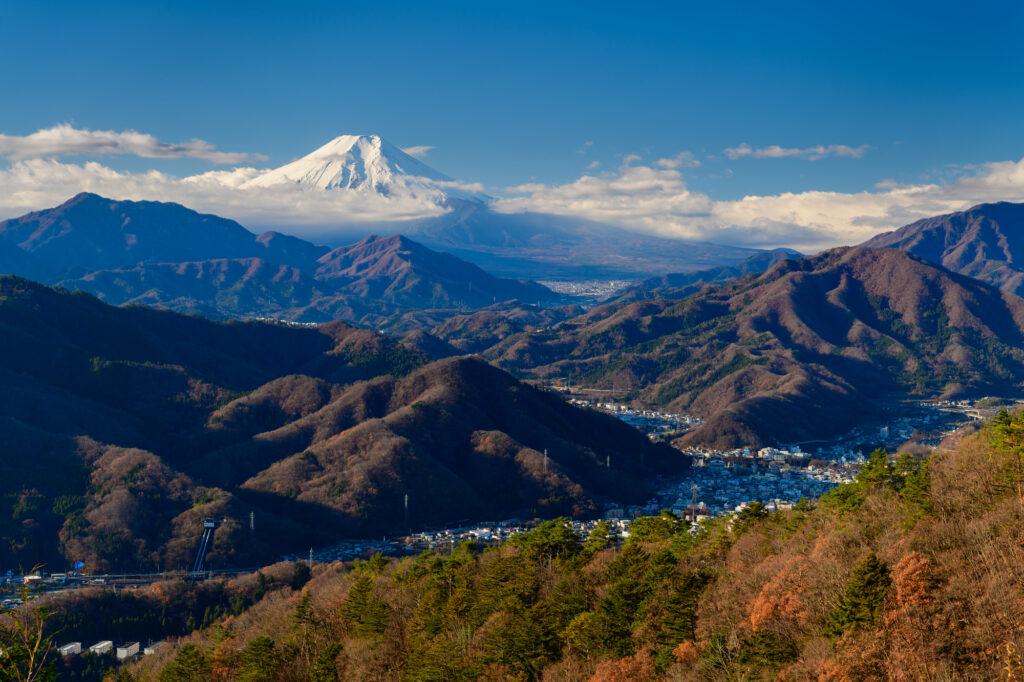
Mt.Takigo
Located on the western side of Mt. Fuji, Mt.Takigo is ideal for those seeking more authentic hiking experiences. At an elevation of 1,882 meters, it offers an excellent vantage point with beautiful panoramic views of Mt. Fuji.
This mountain allows you to experience nature up close, with plenty of water sources and opportunities to encounter wildlife. It’s popular amongst intermediate and advanced hikers.
For more information on the access methods to Mt.Takigo, read more here.
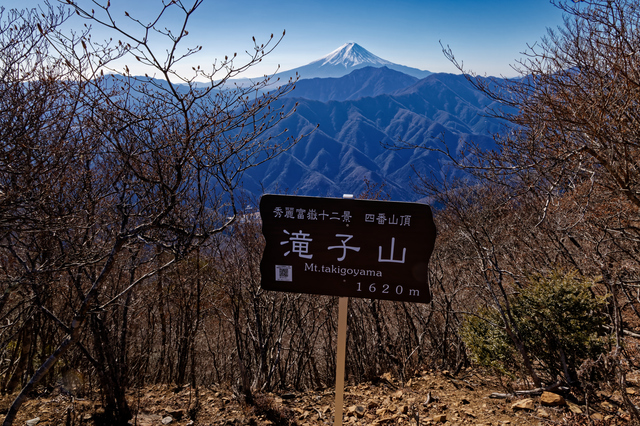
Efficient Day Trips by Express Bus
The express bus connecting Shinjuku Bus Terminal and Kofu is a great route to hop on and off on. If you depart early in the morning, you can create a flexible itinerary and get off at bus stops along the way, then continuing on subsequent buses.
Taking the bus also allows you to rest during the bus ride, allowing you to conserve your energy for more important things.
Summary
Day trips from Shinjuku aren’t just about visiting classic spots, but choosing hidden gems to enjoy Japan in a way locals do. Unique destinations such as the old town Nodajiri, Wineries, and mountain hiking routes with views of Mt.Fuji await you!
By utilizing bus stops on the express bus route, you can efficiently experience the wonders of Yamanashi, where nature and culture coexist, away from the hustle and bustle of the city of Tokyo.
On your next day off, consider taking an express bus from Shinjuku to discover hidden treasures!

